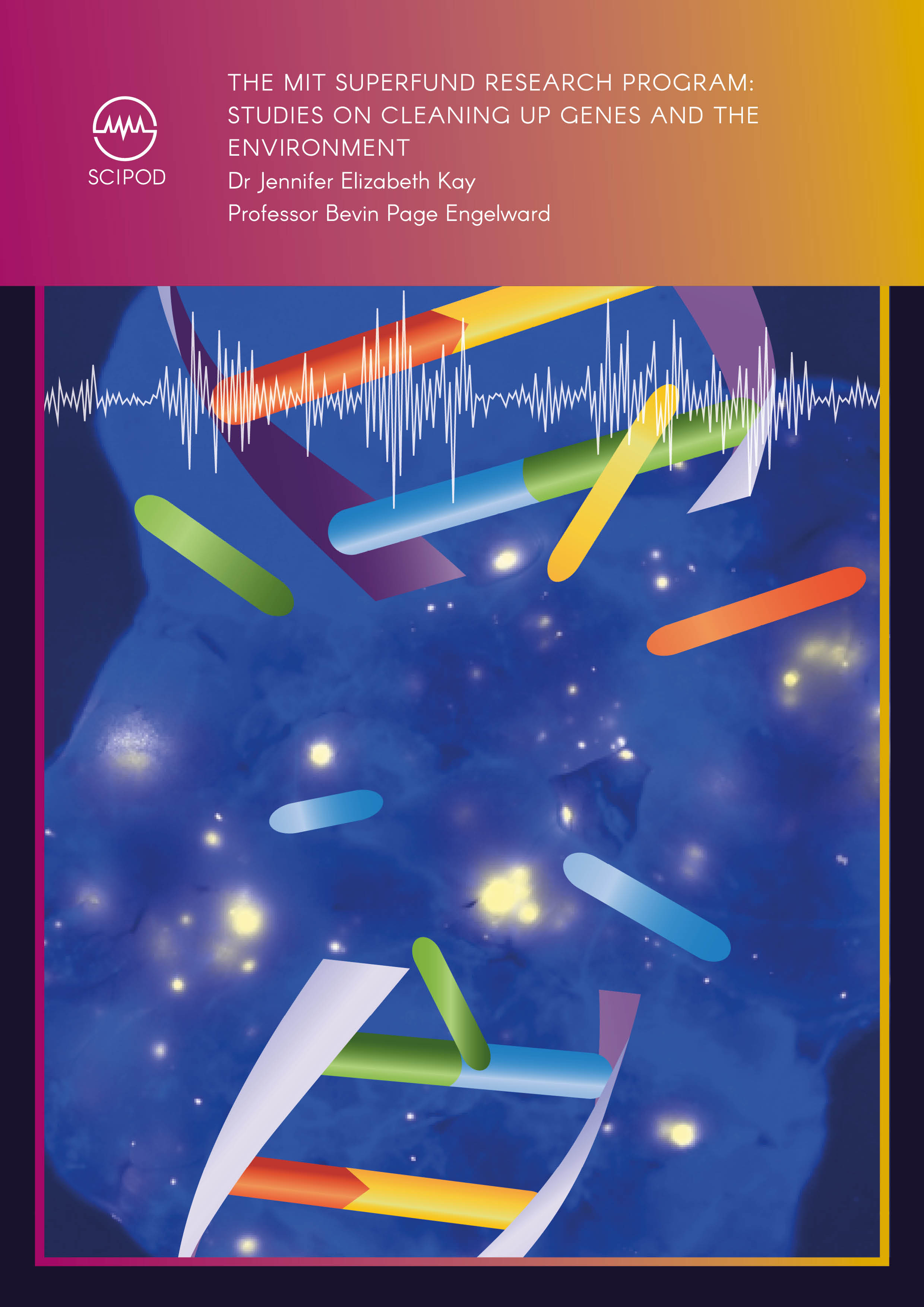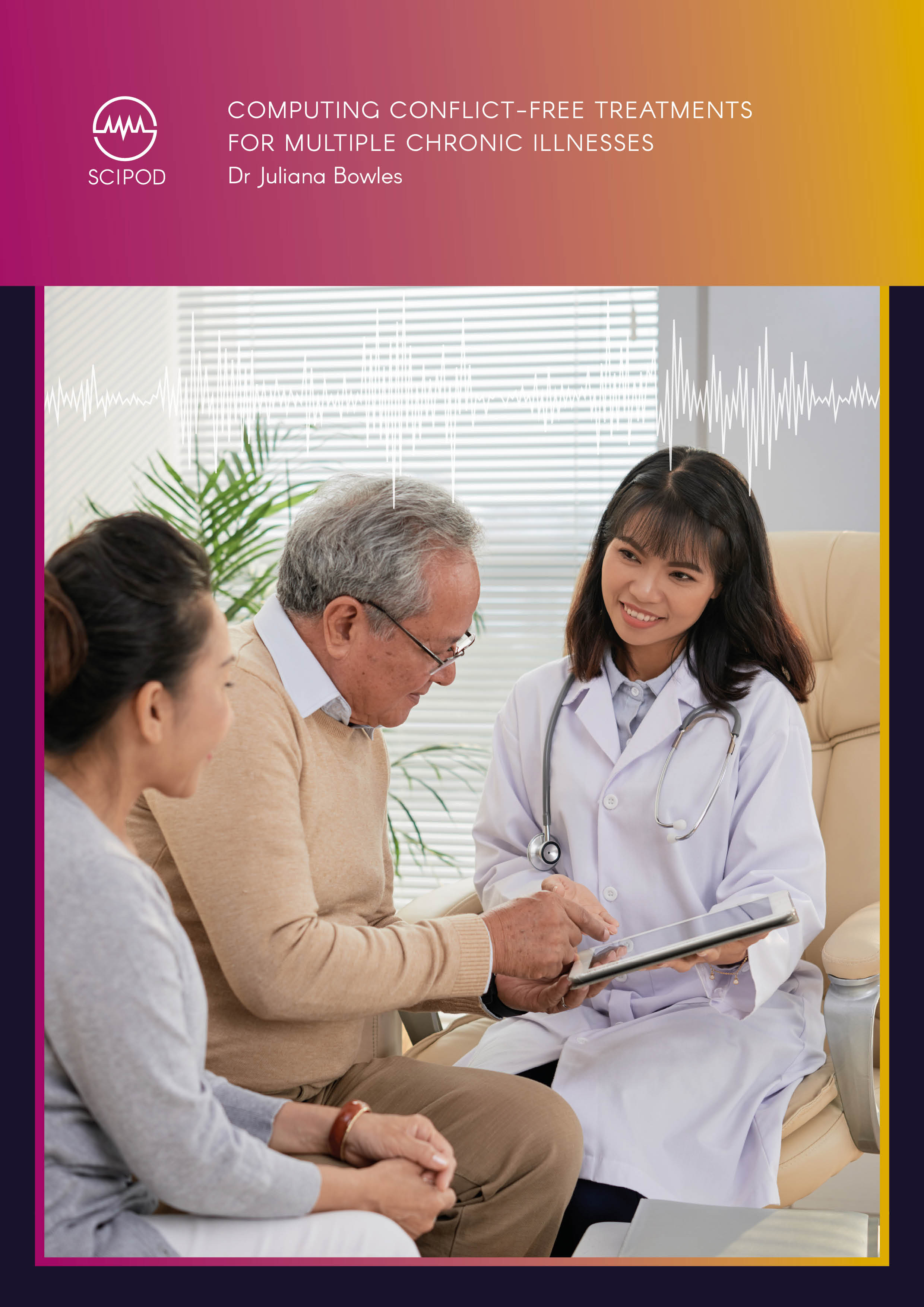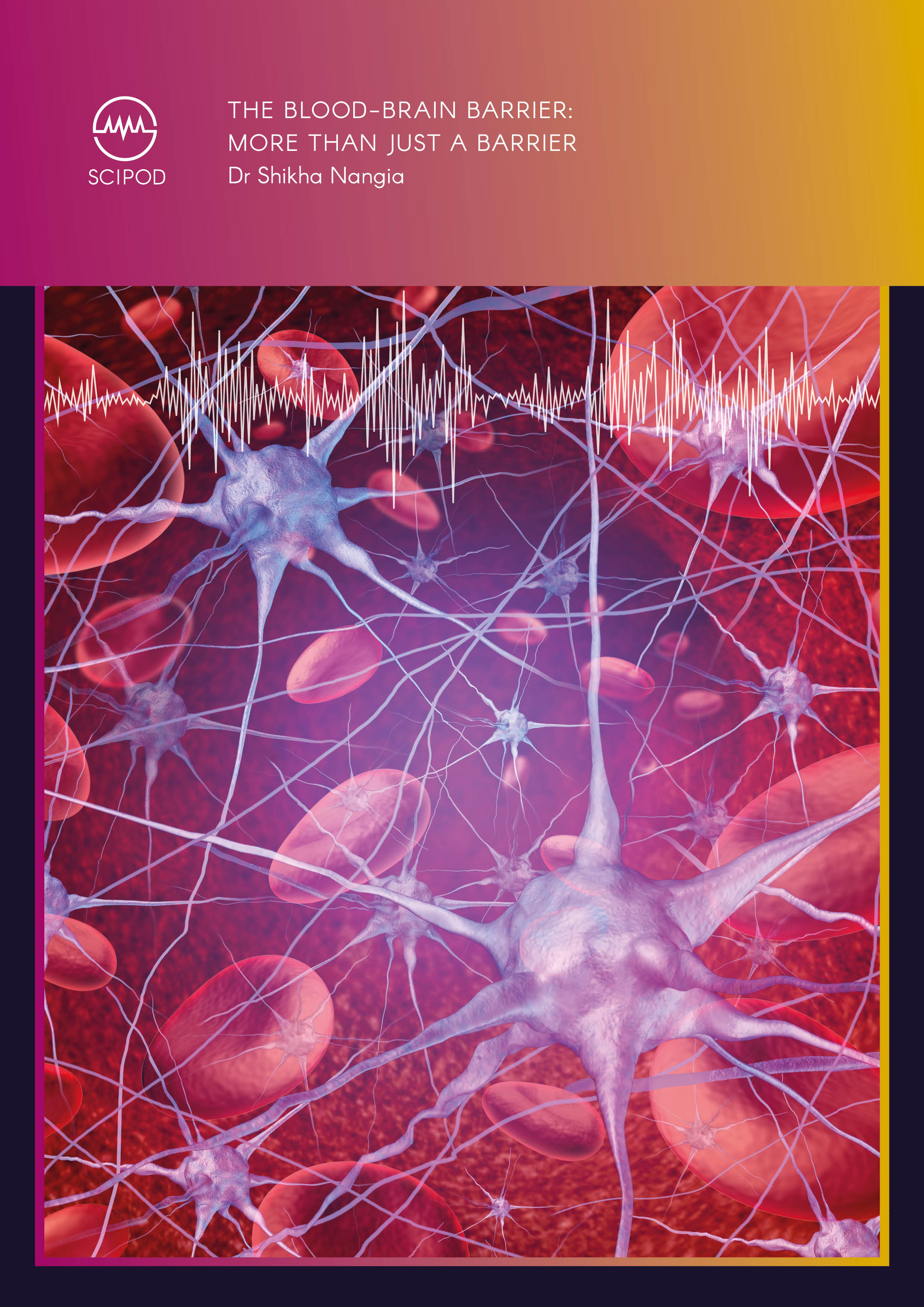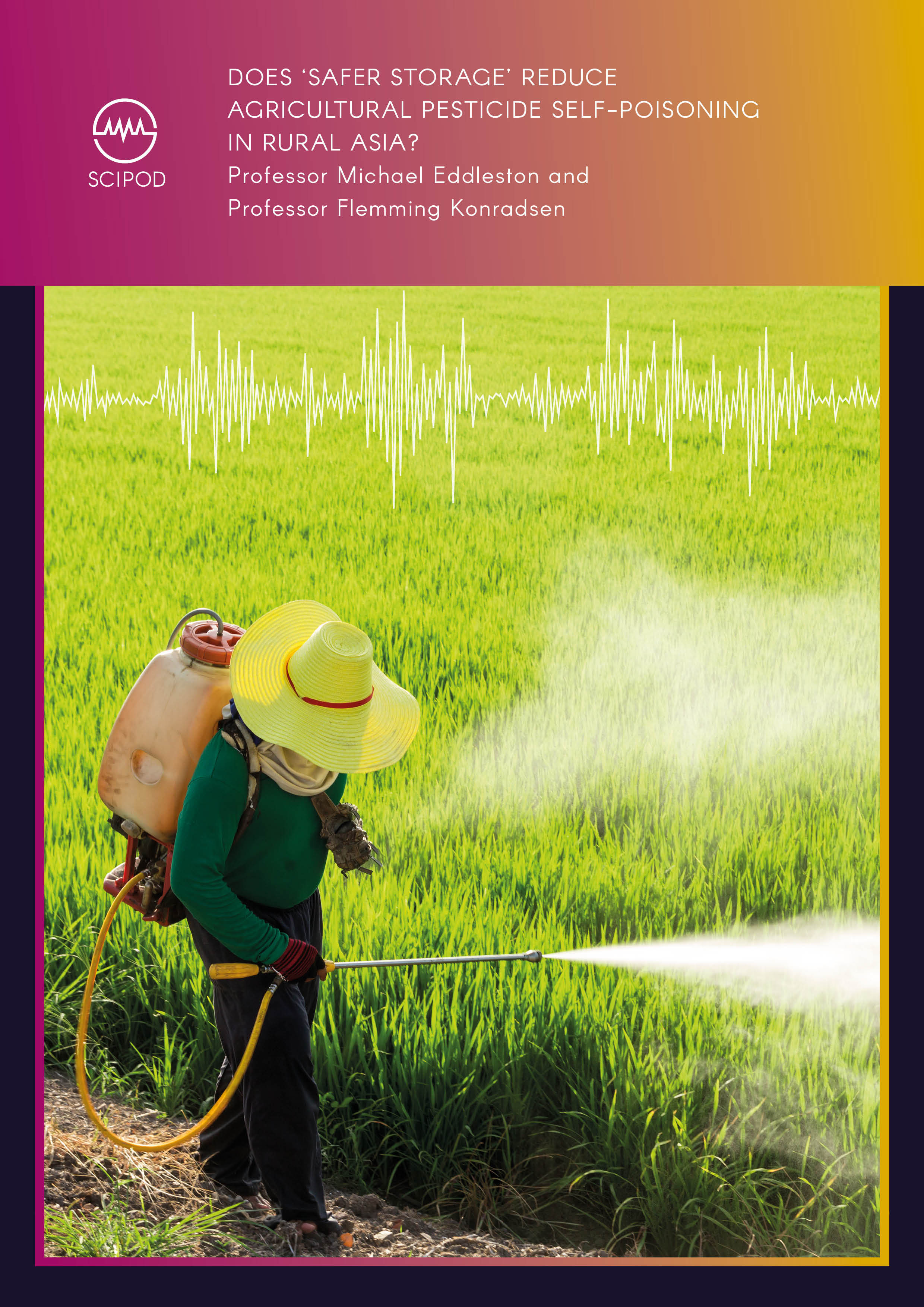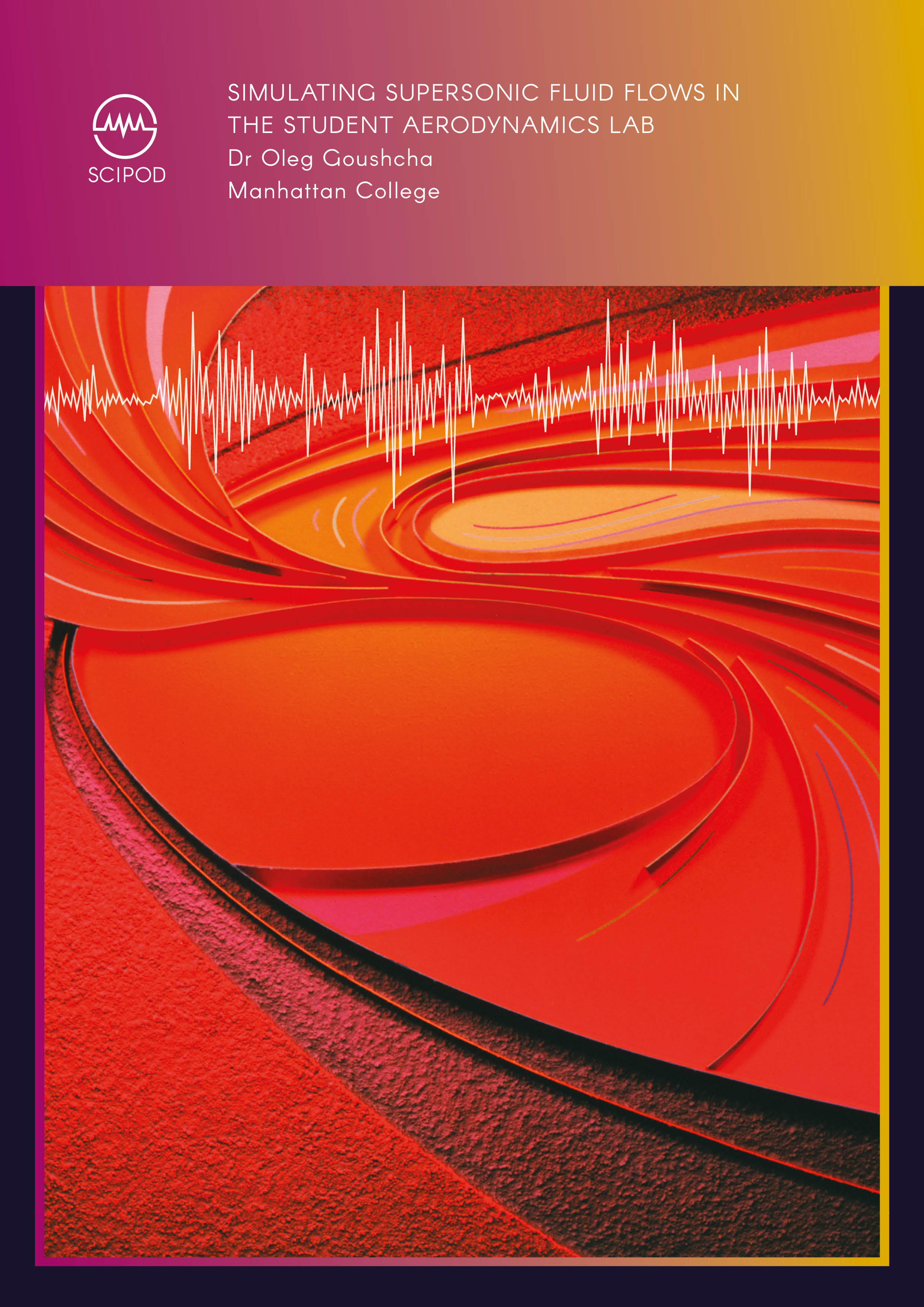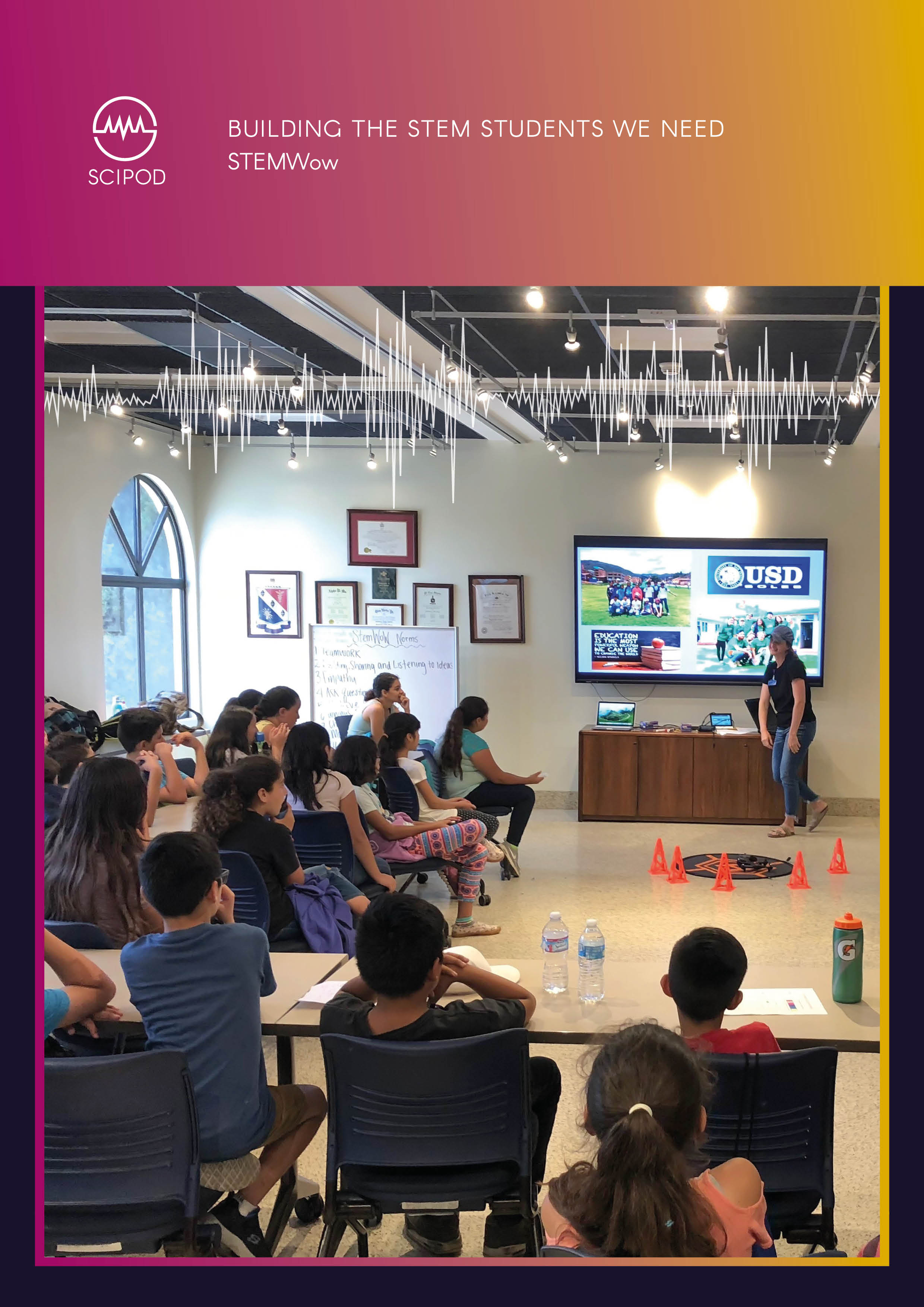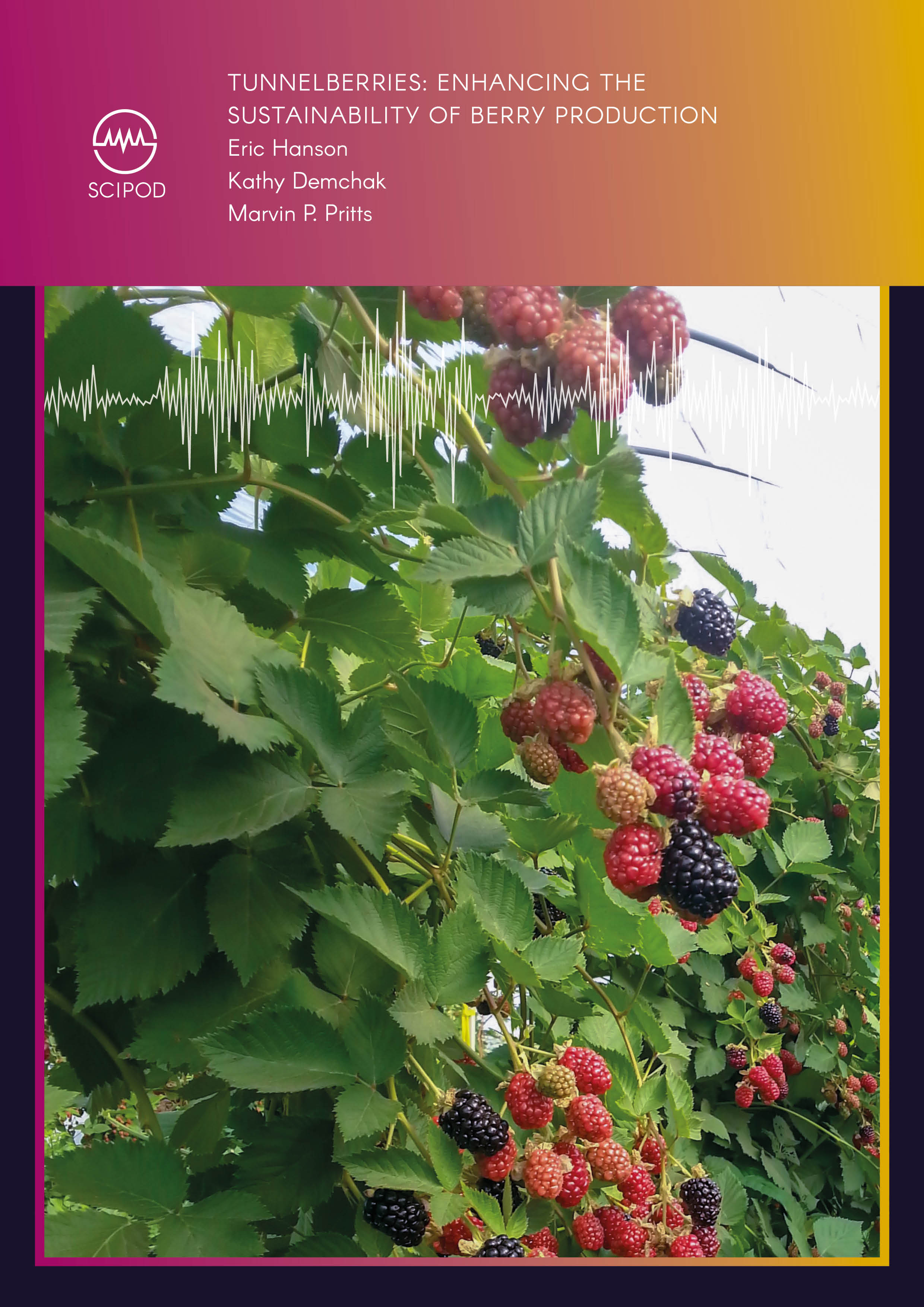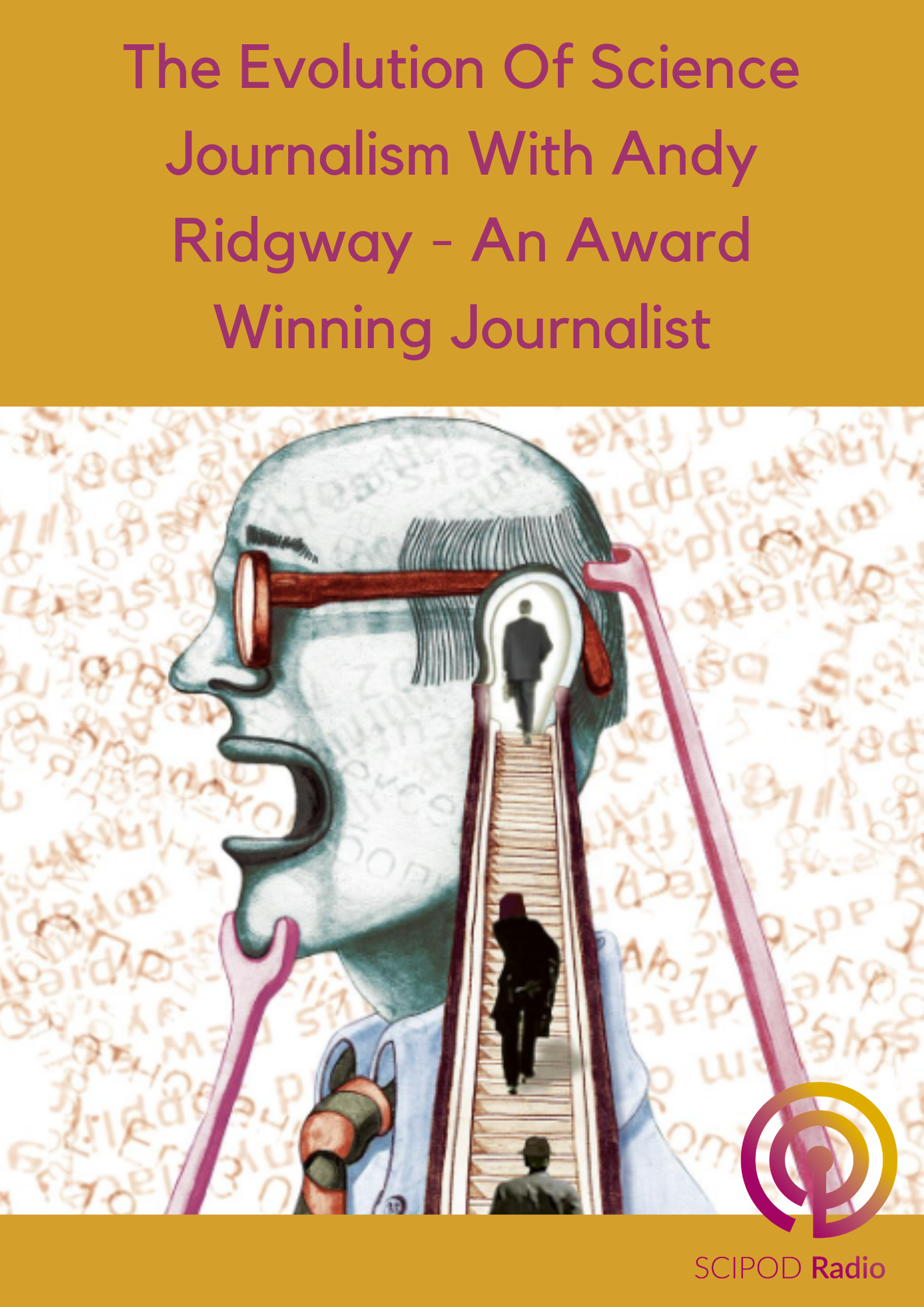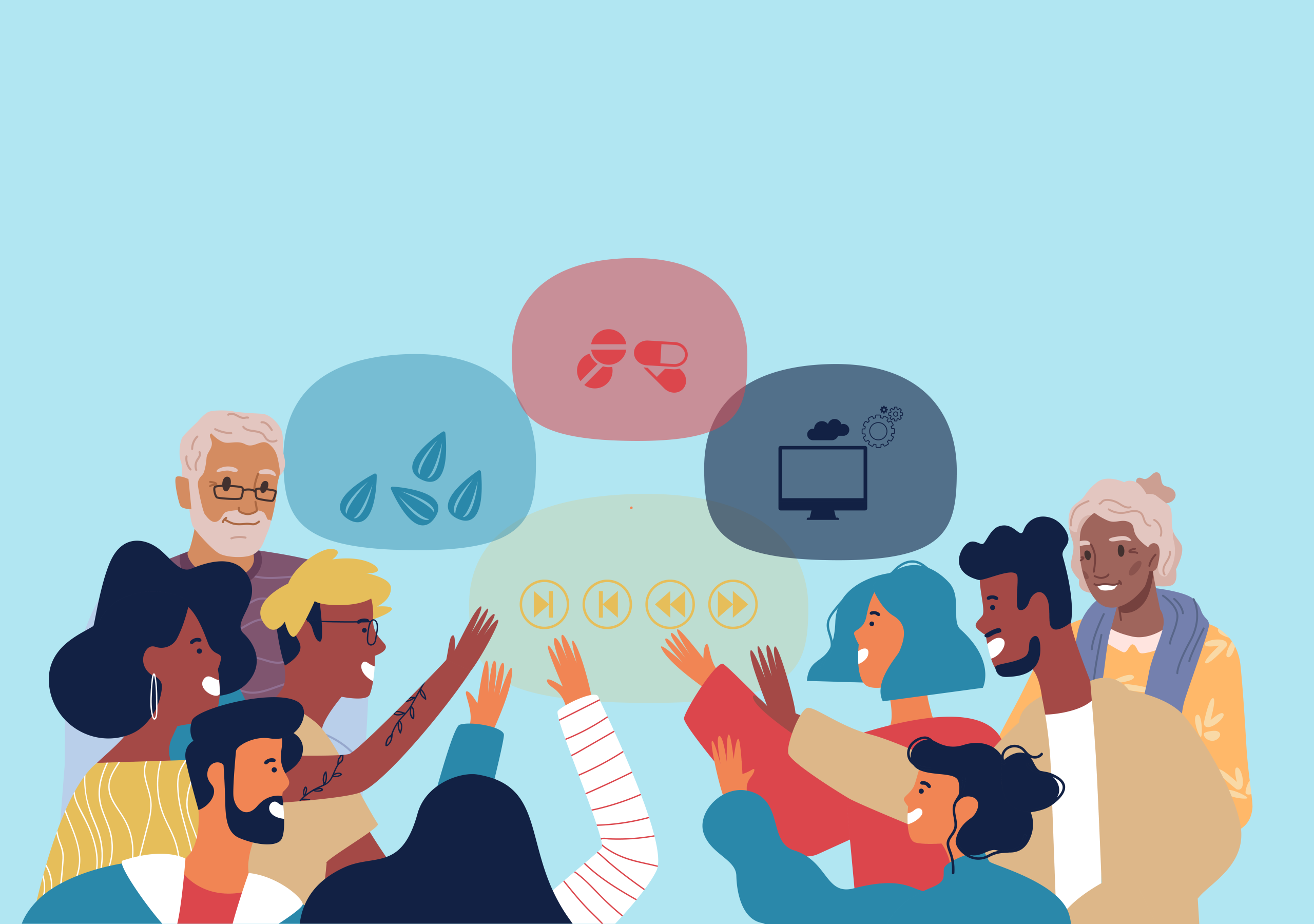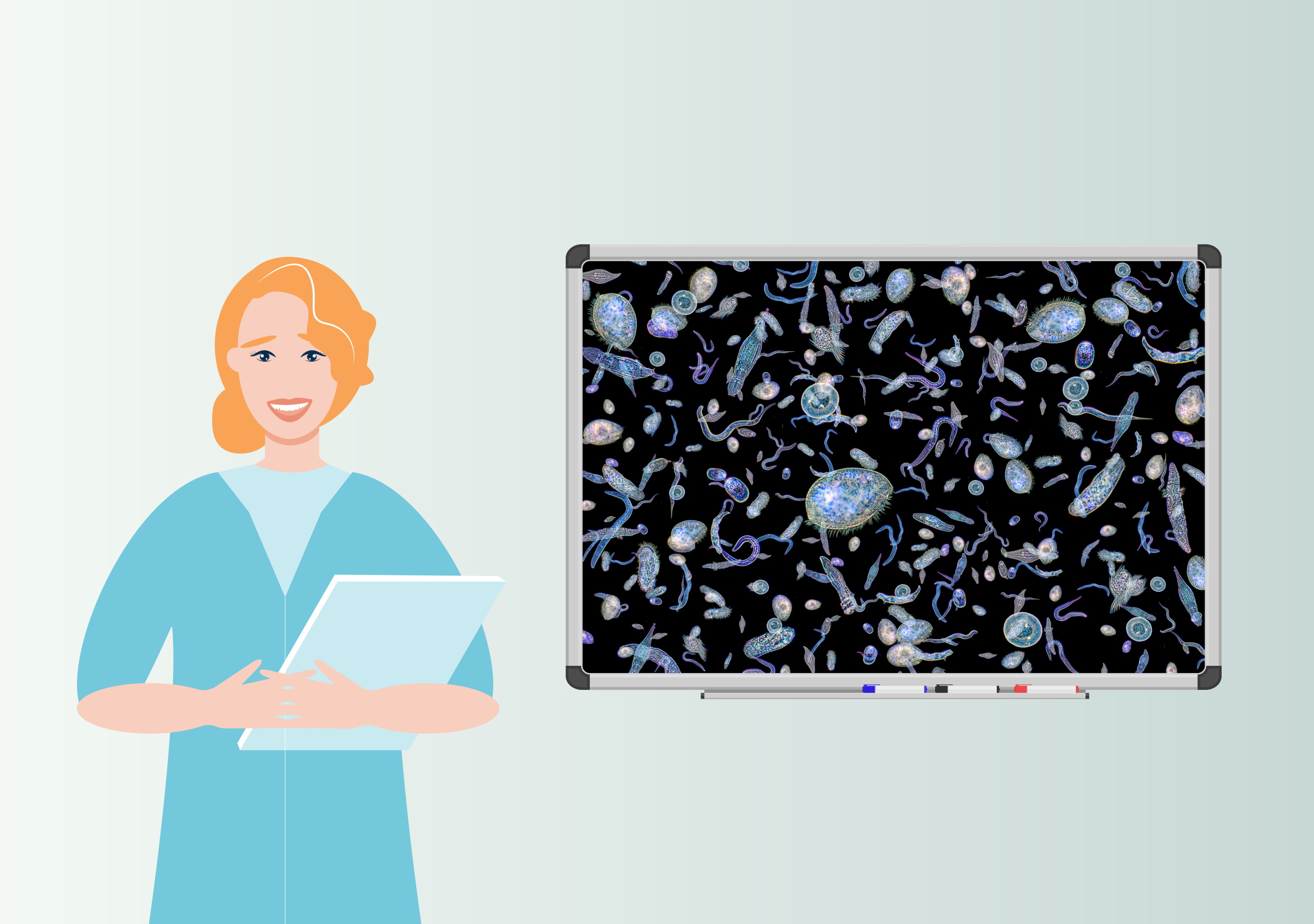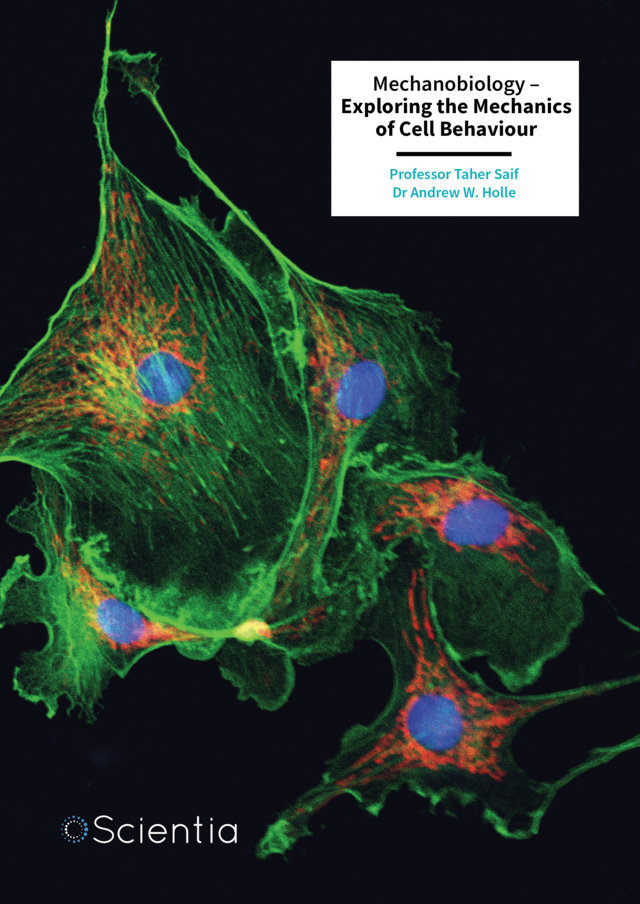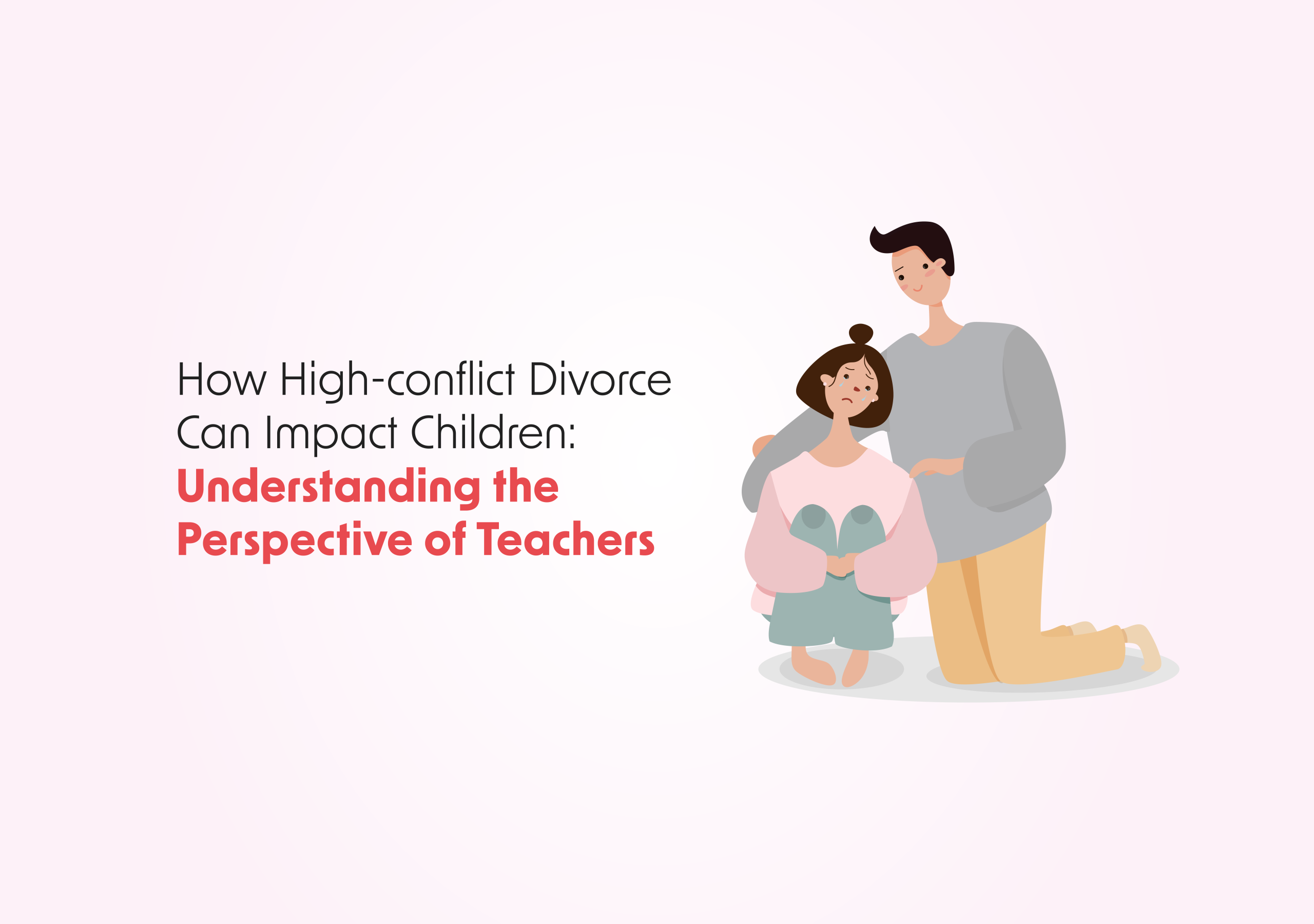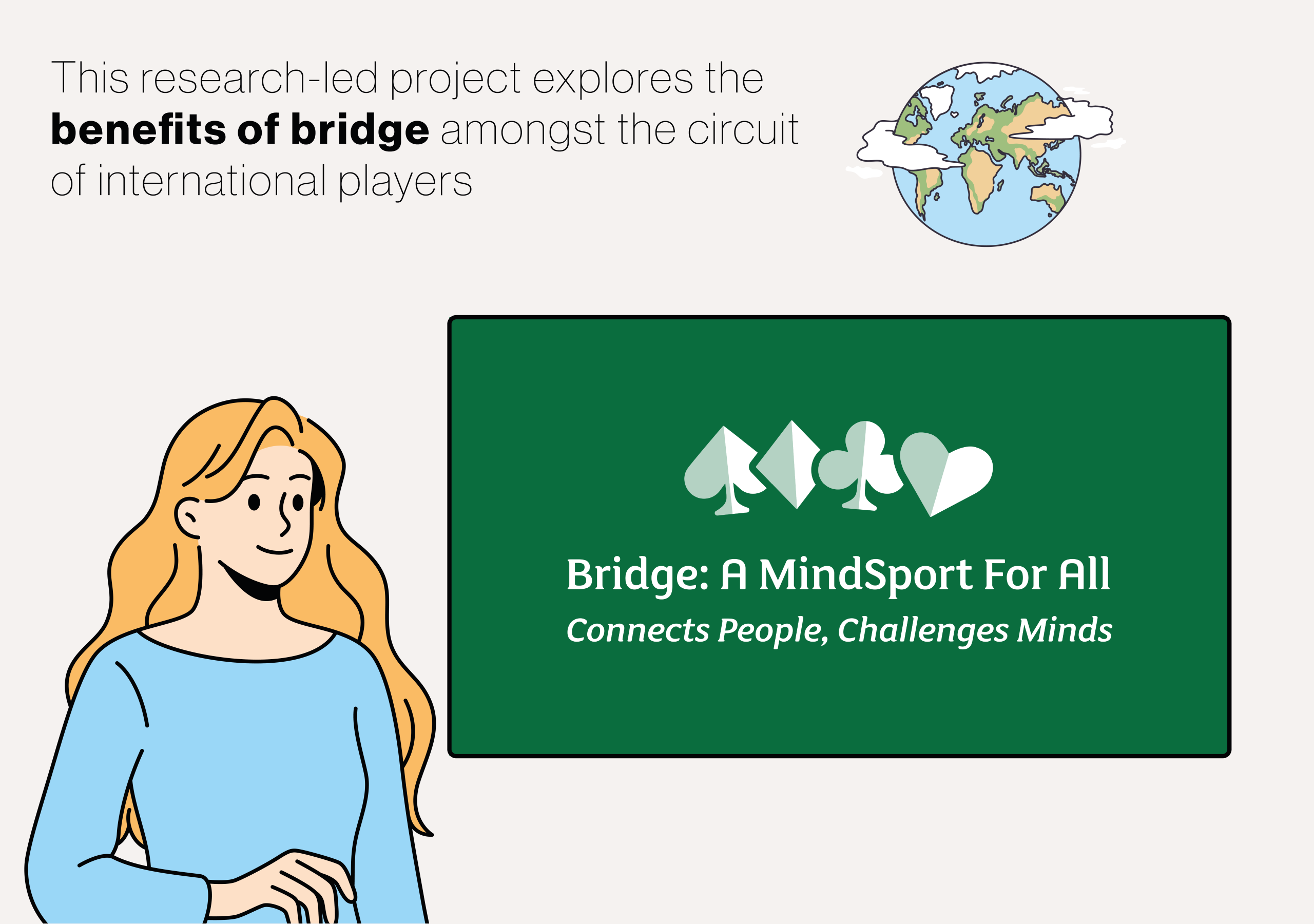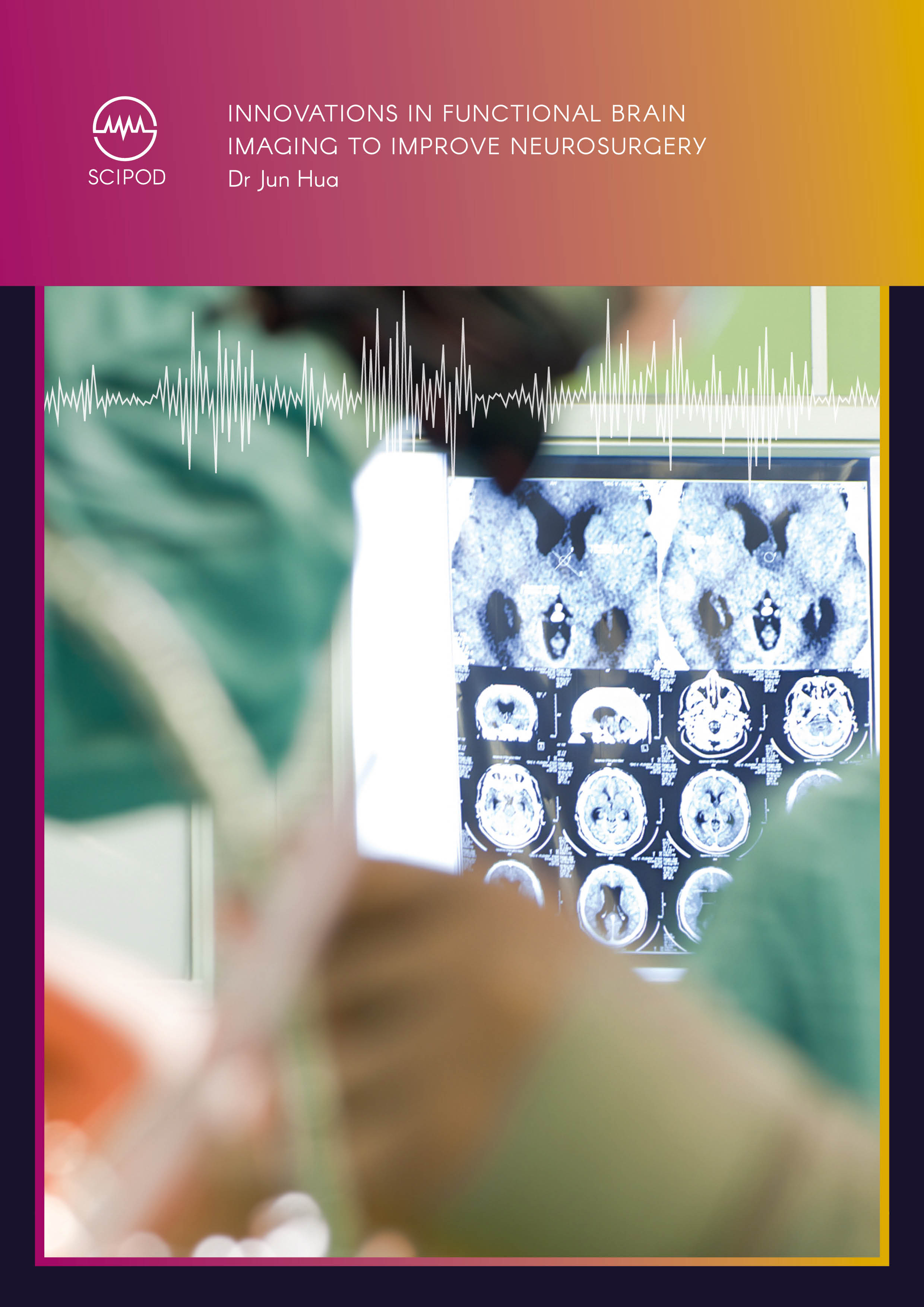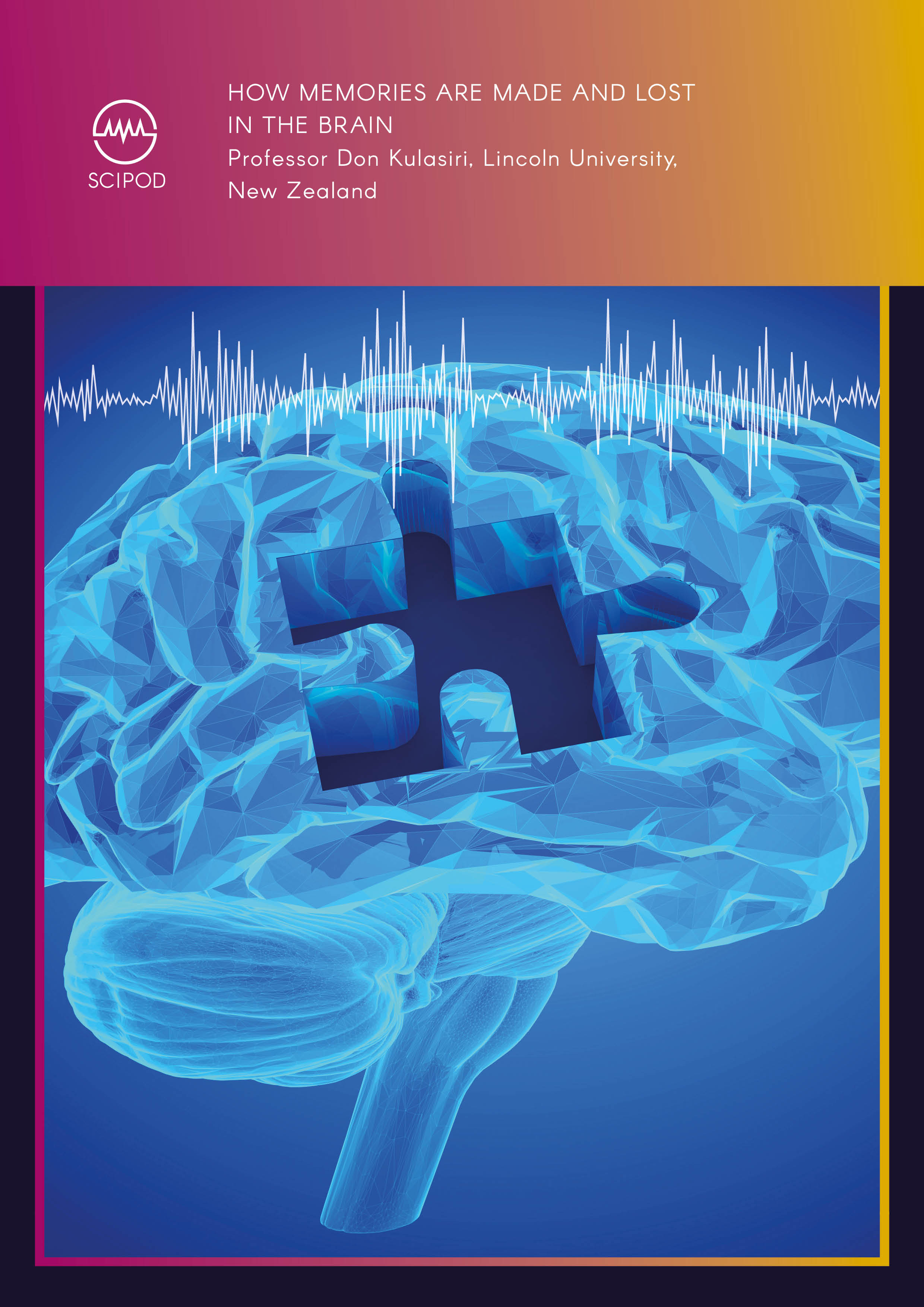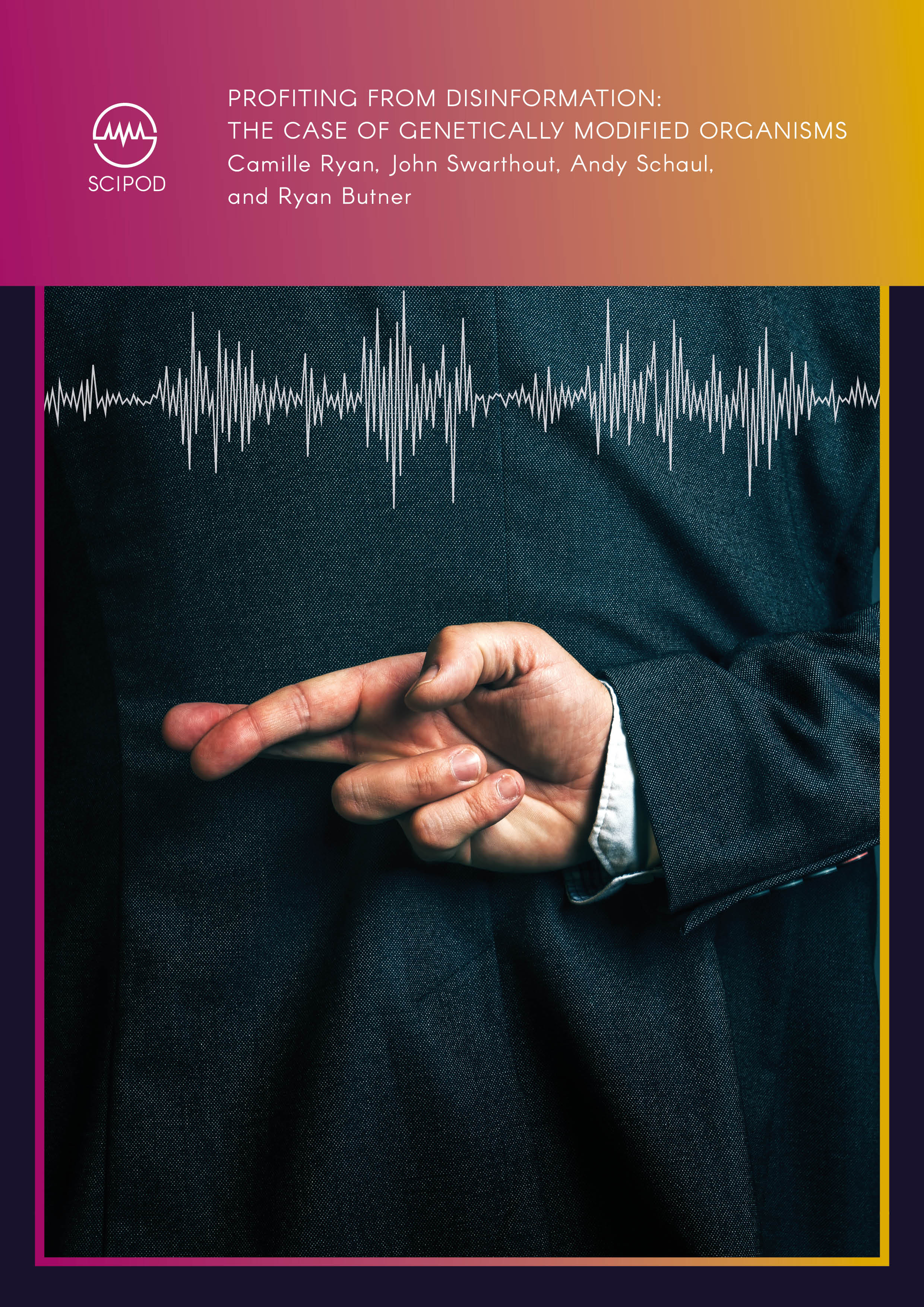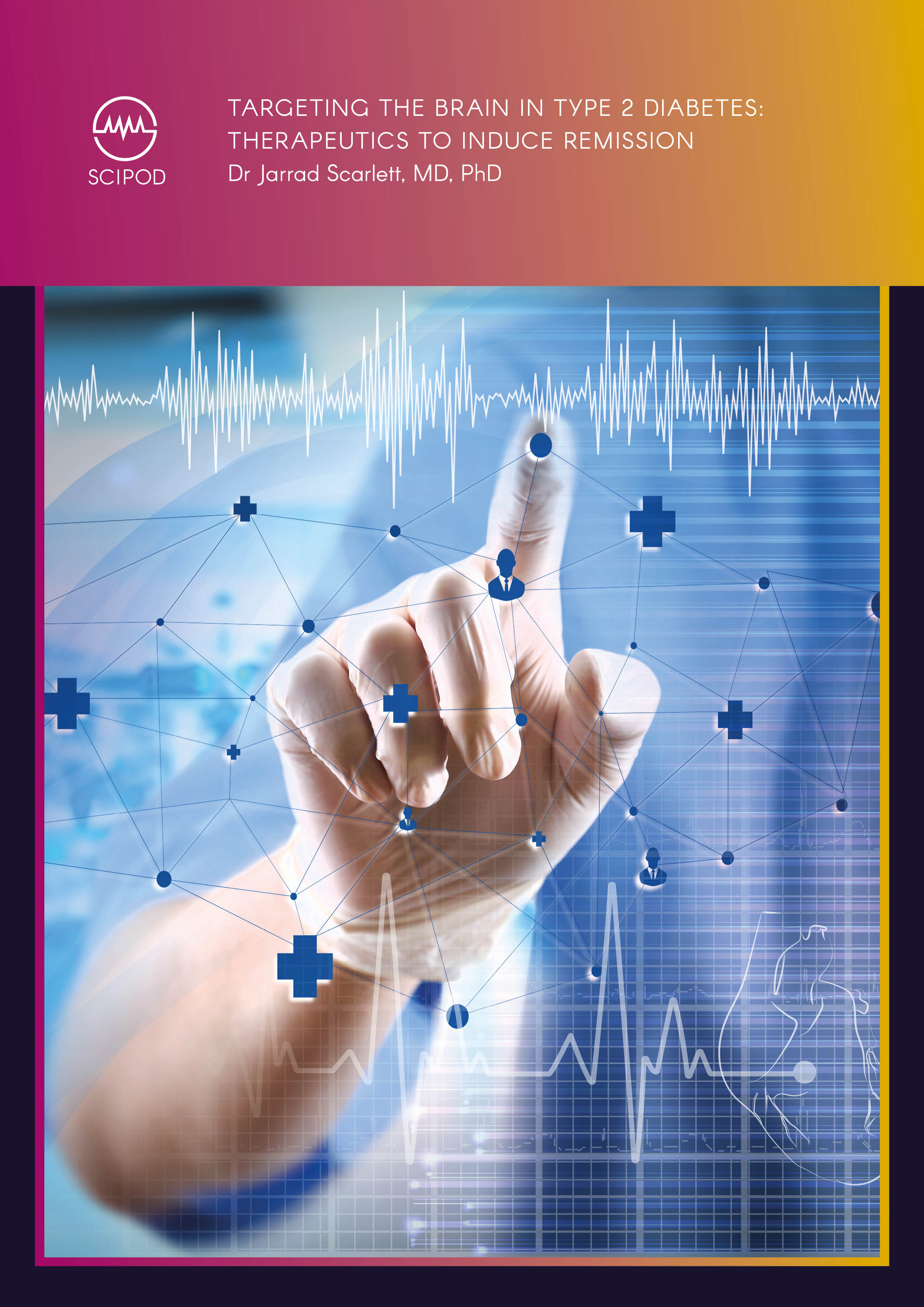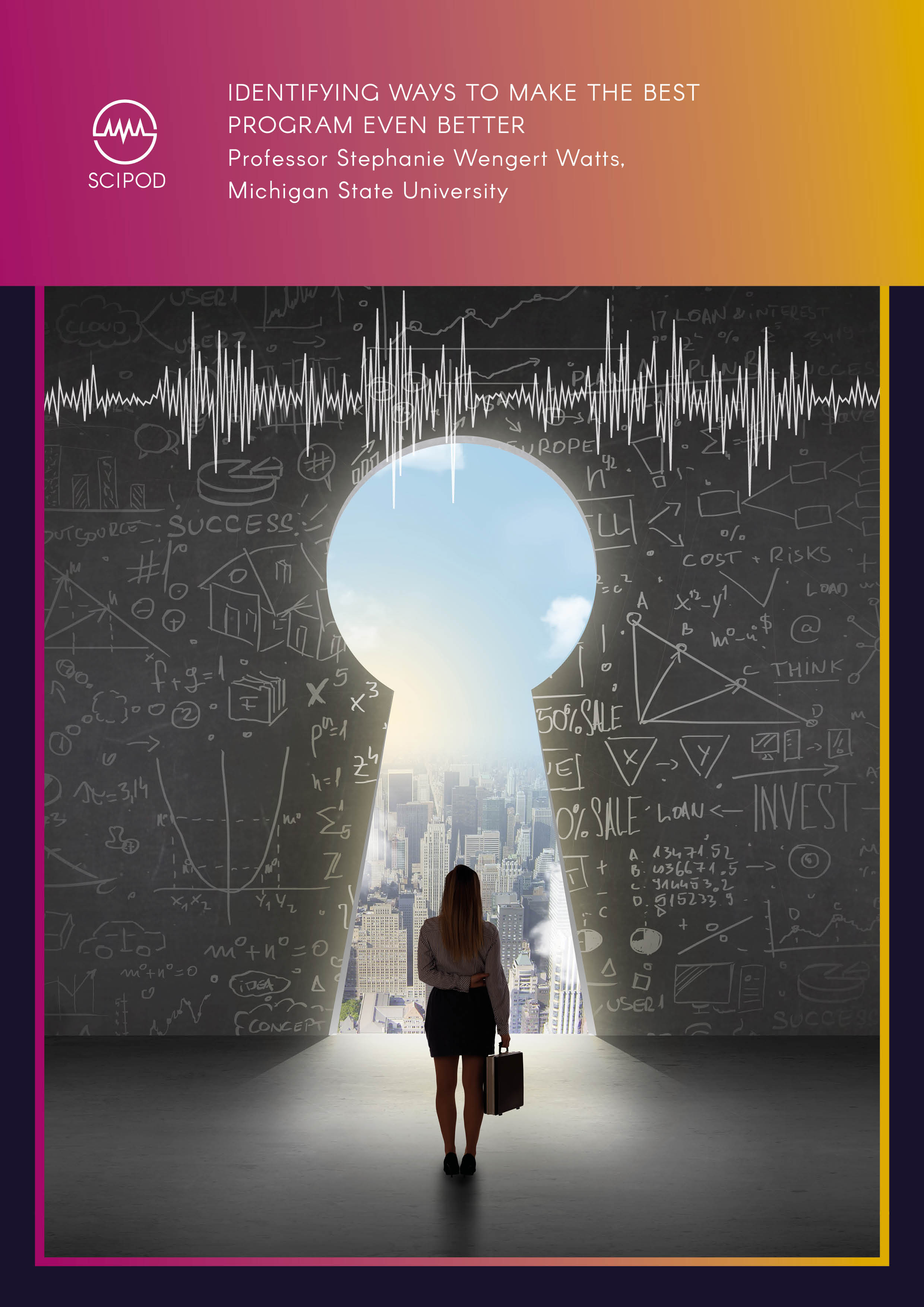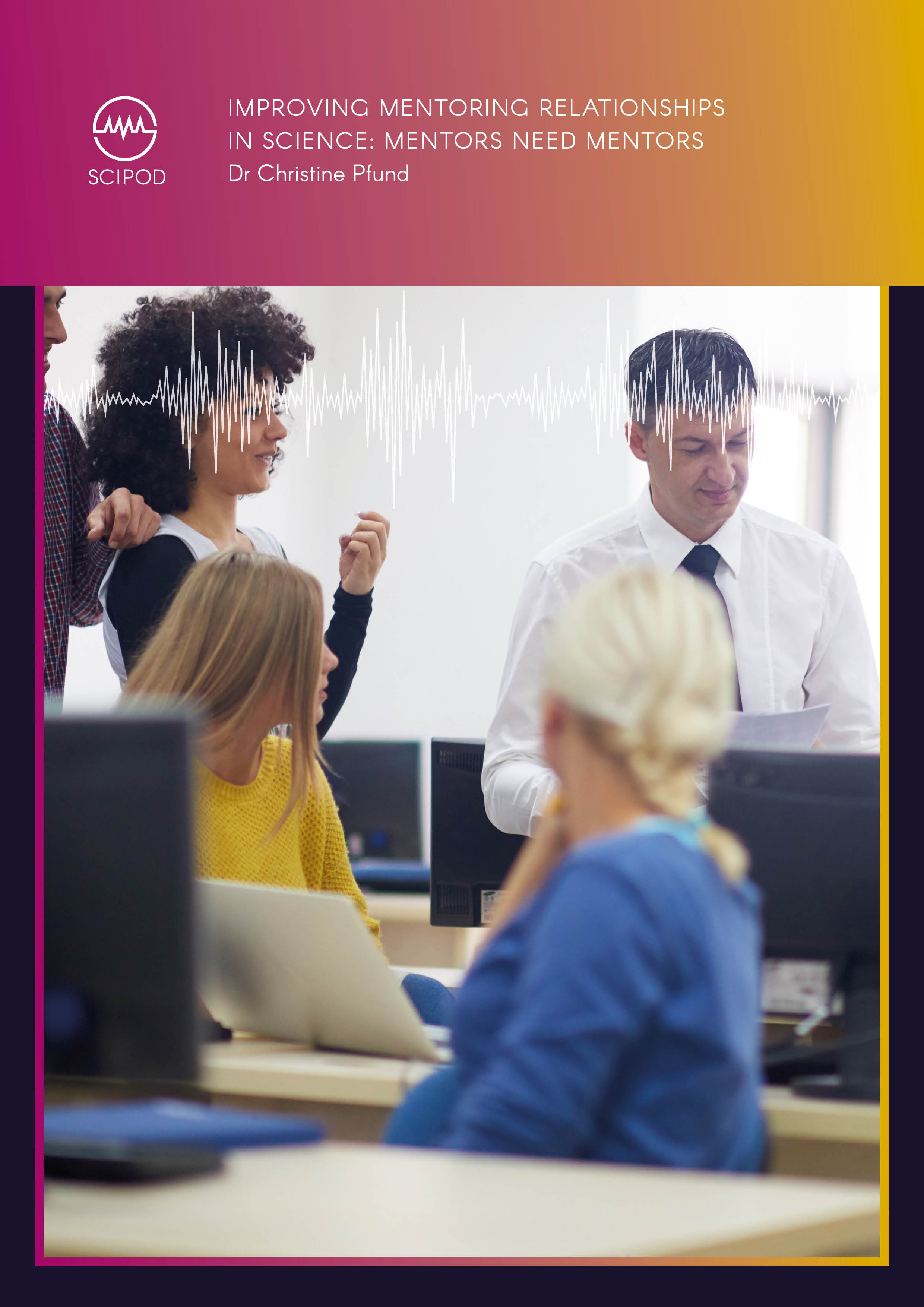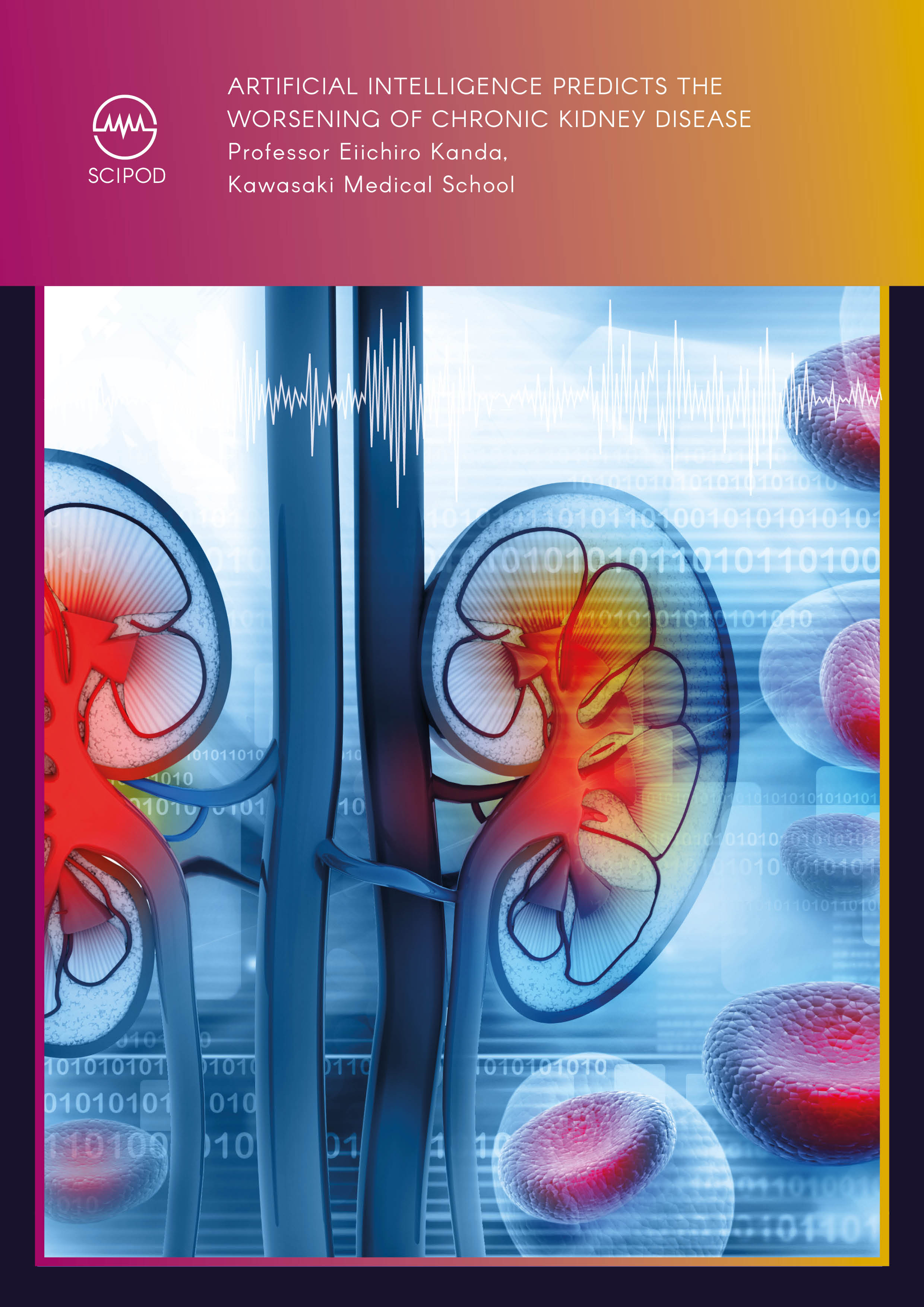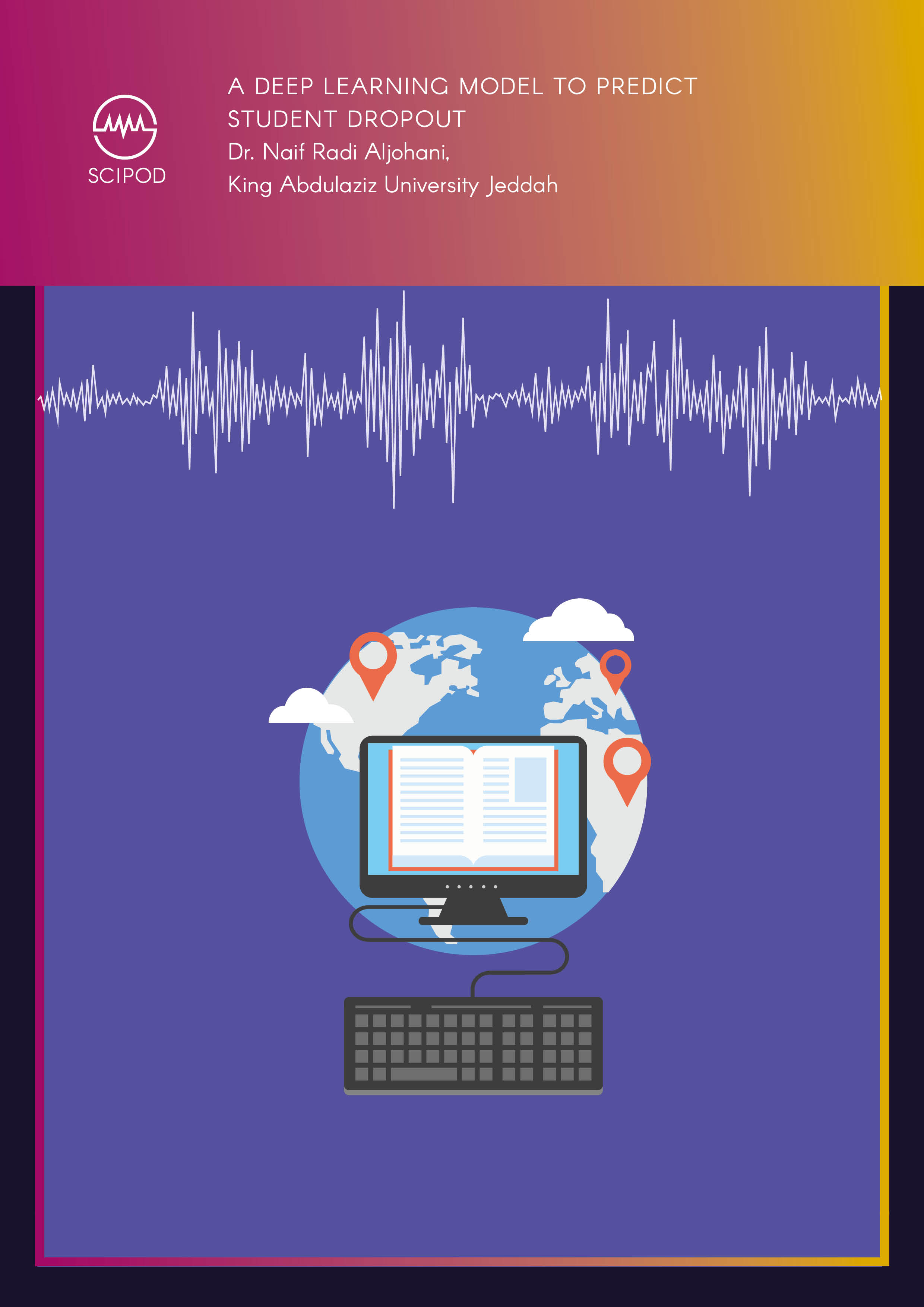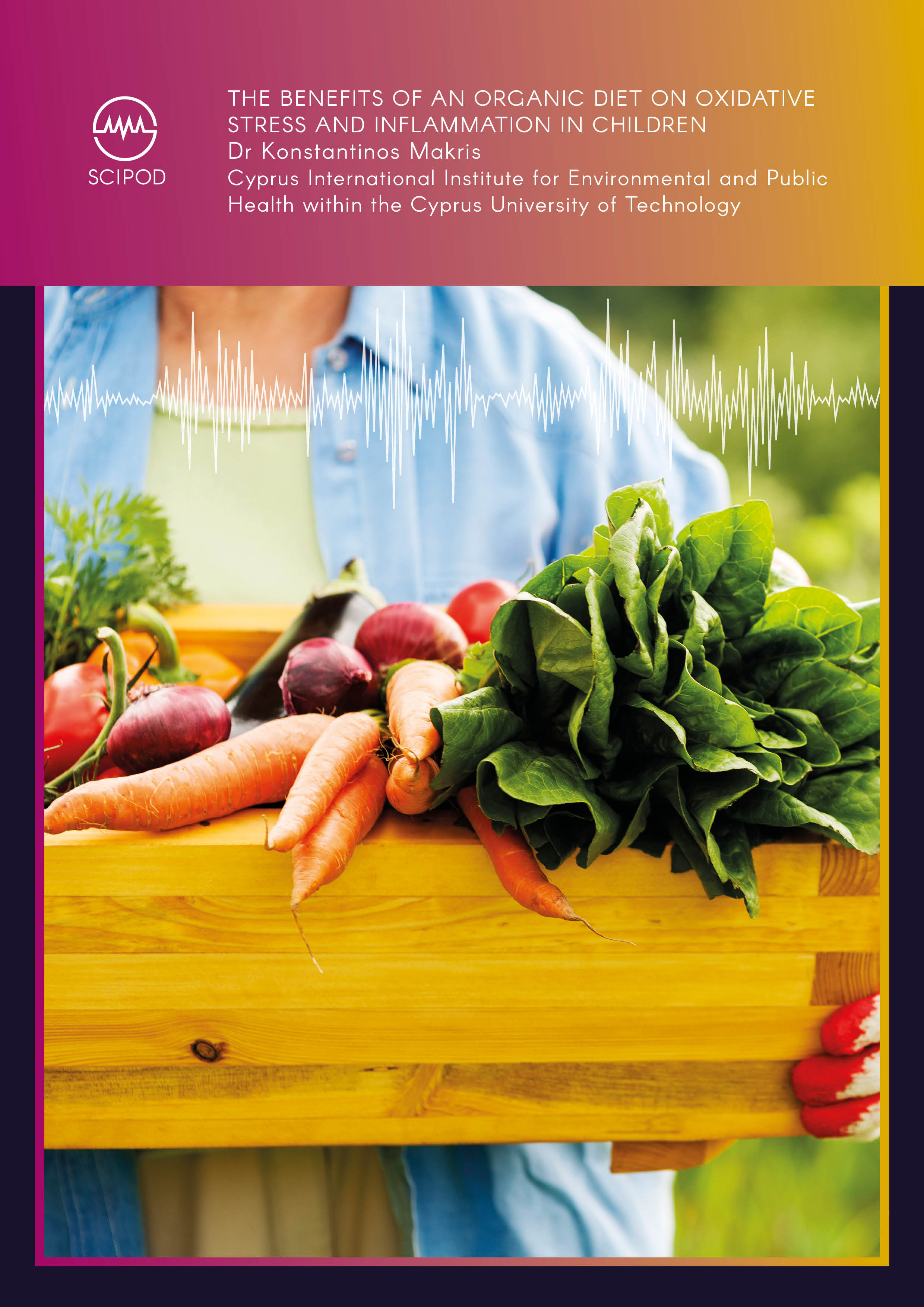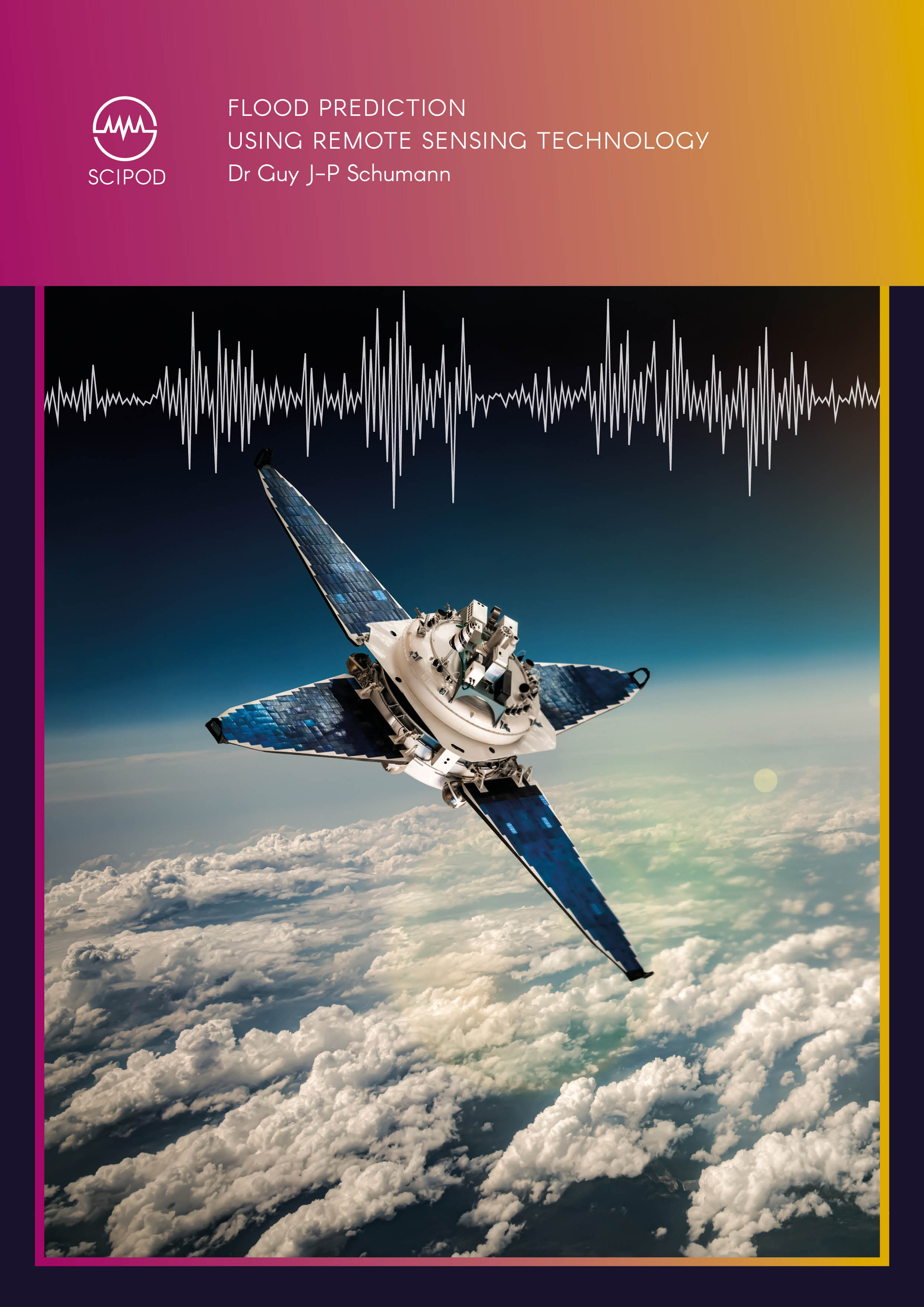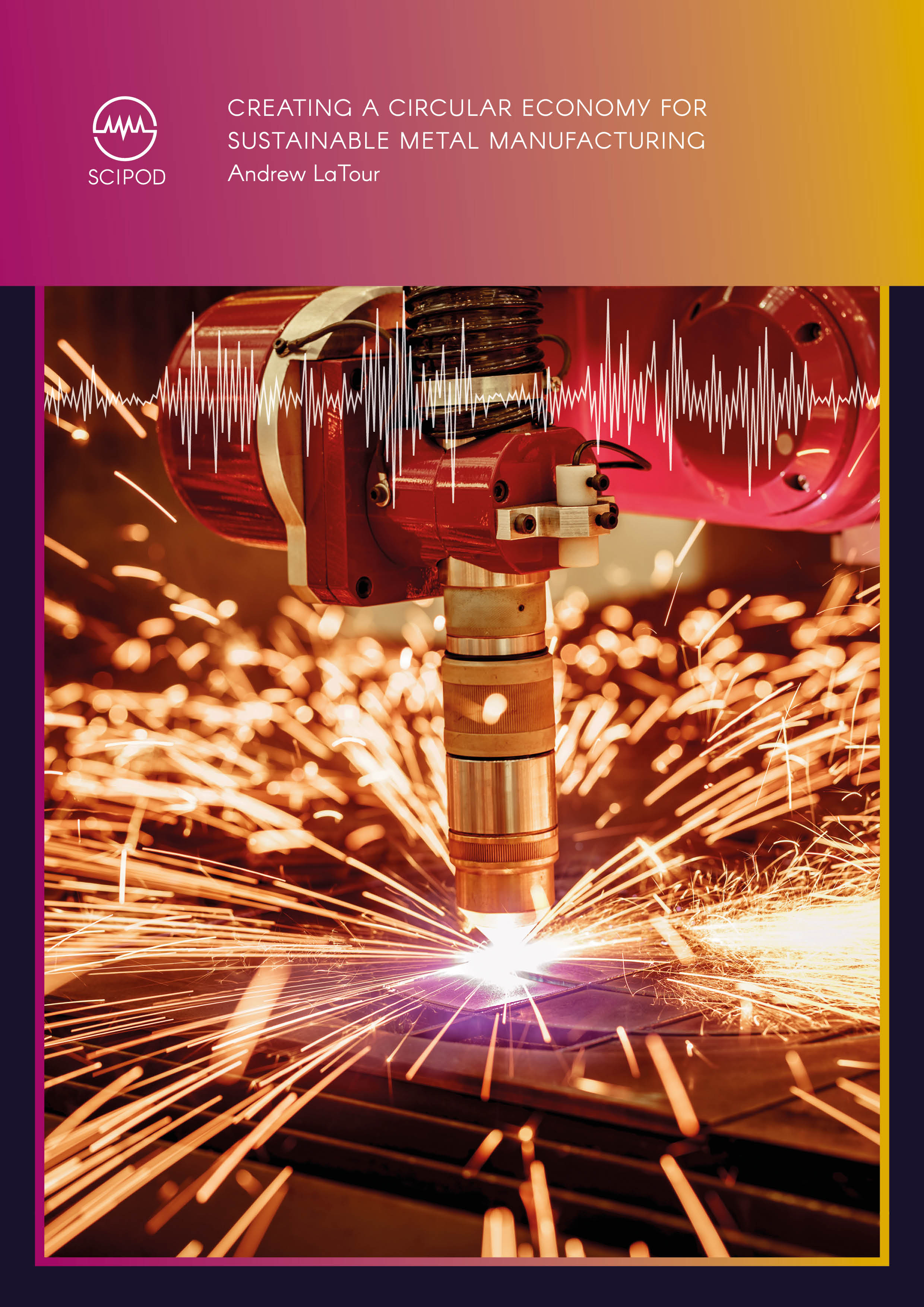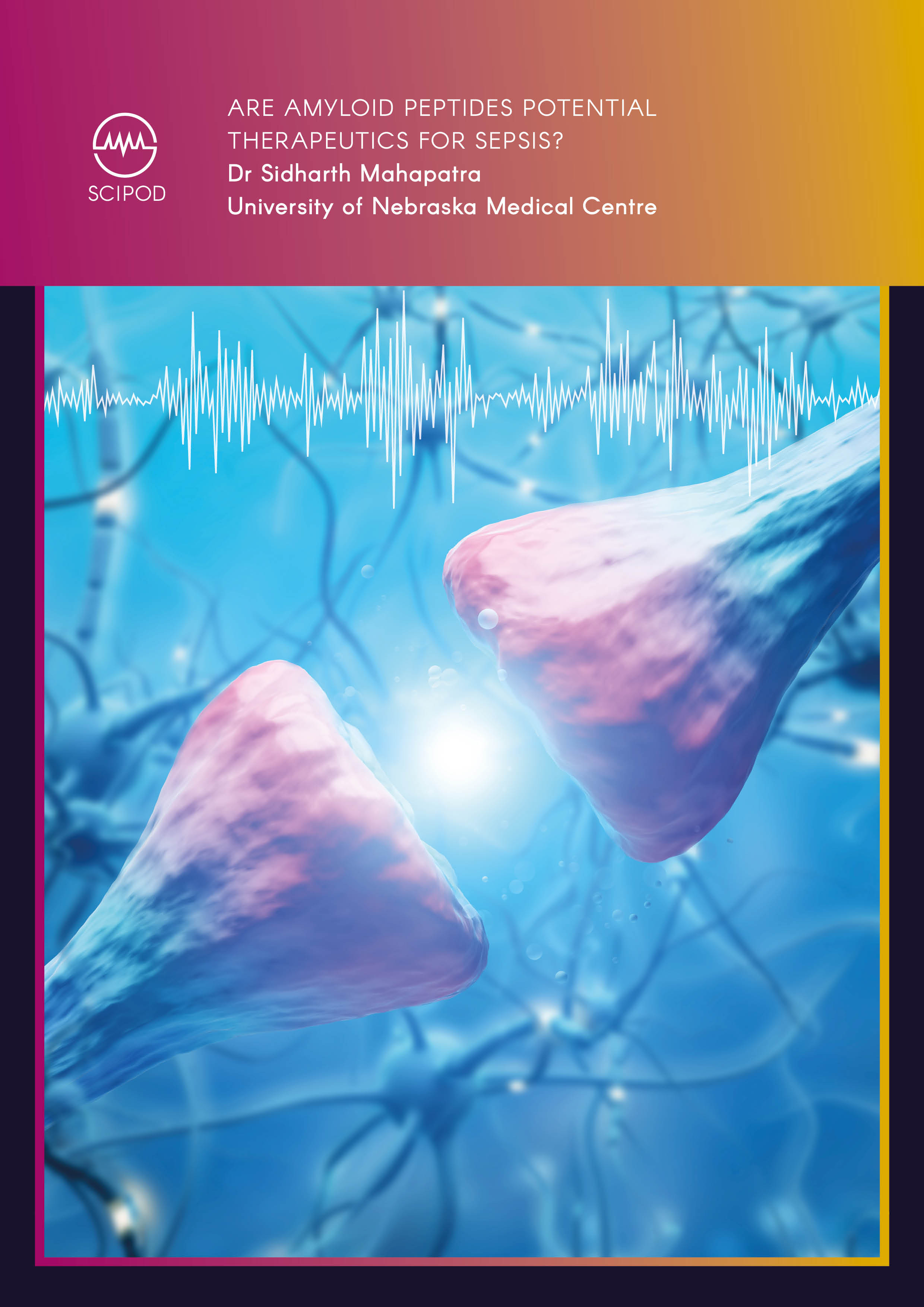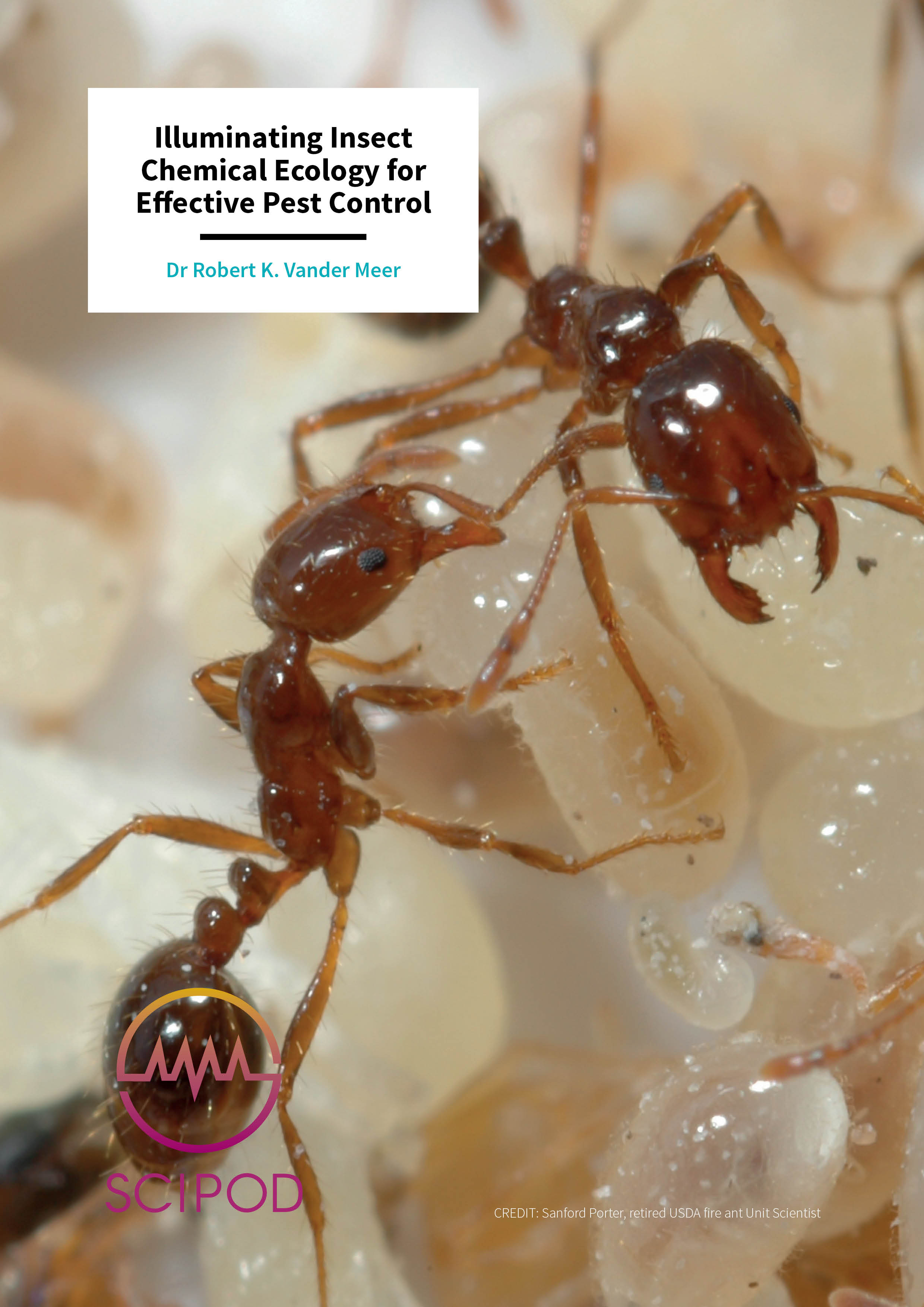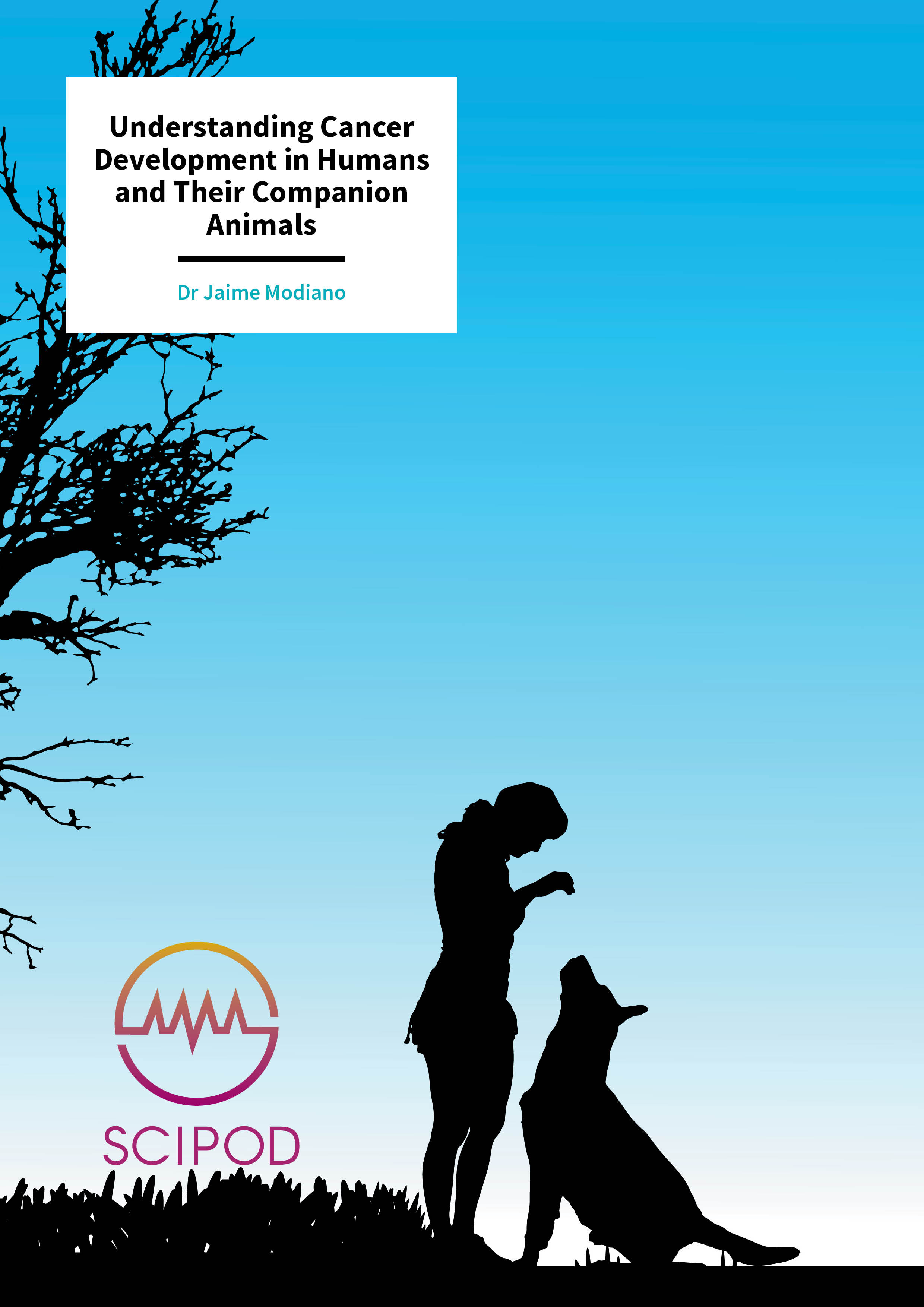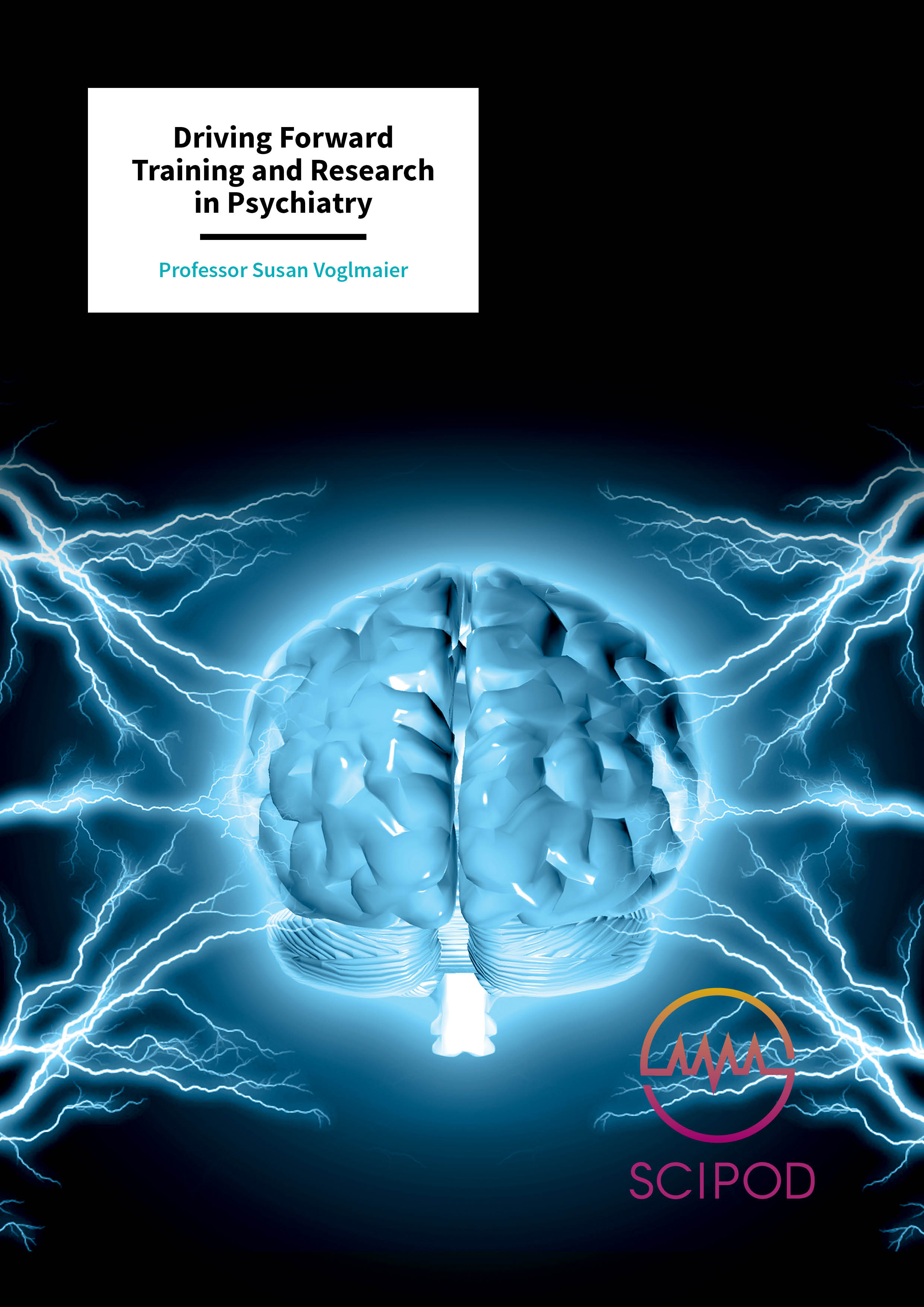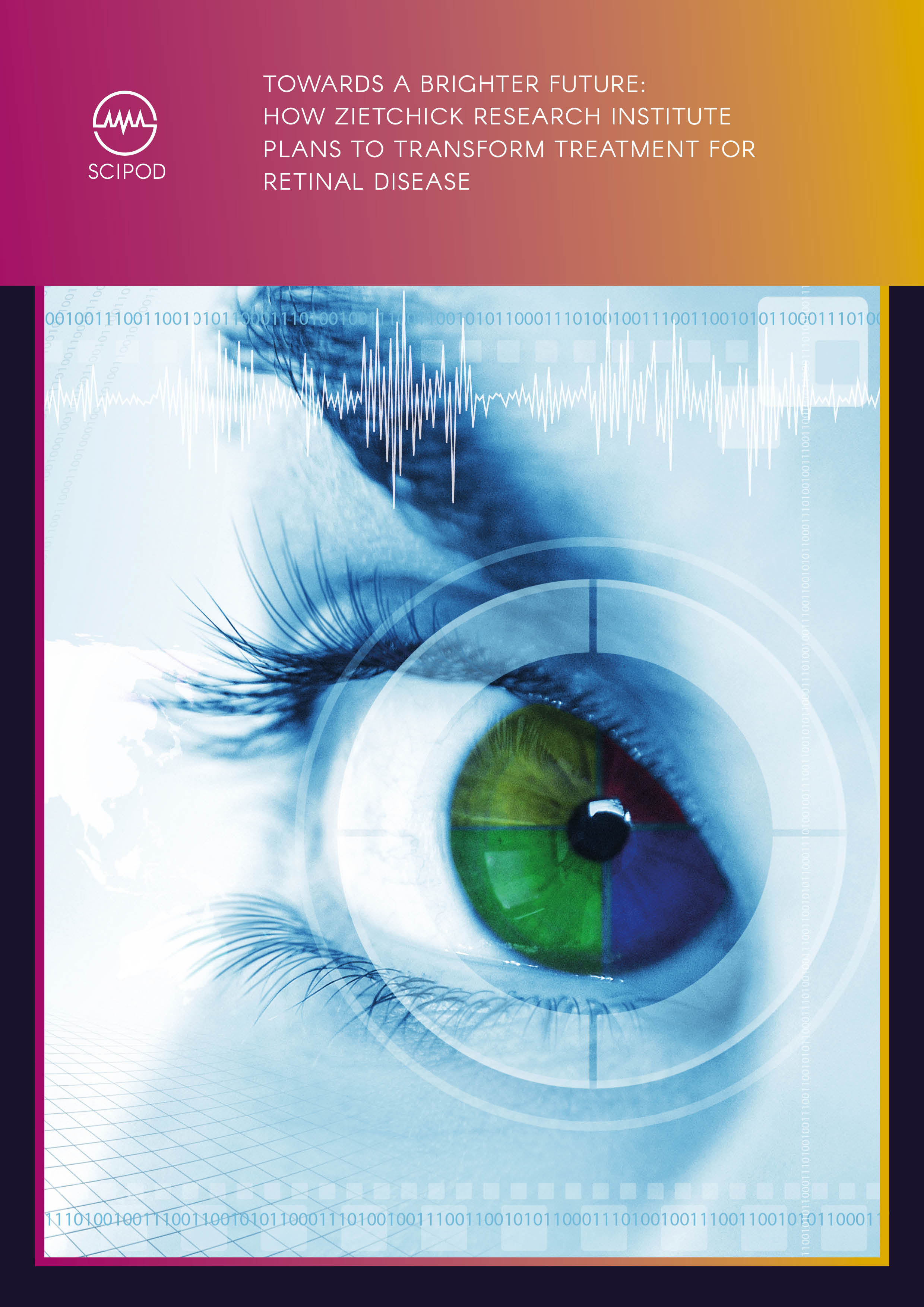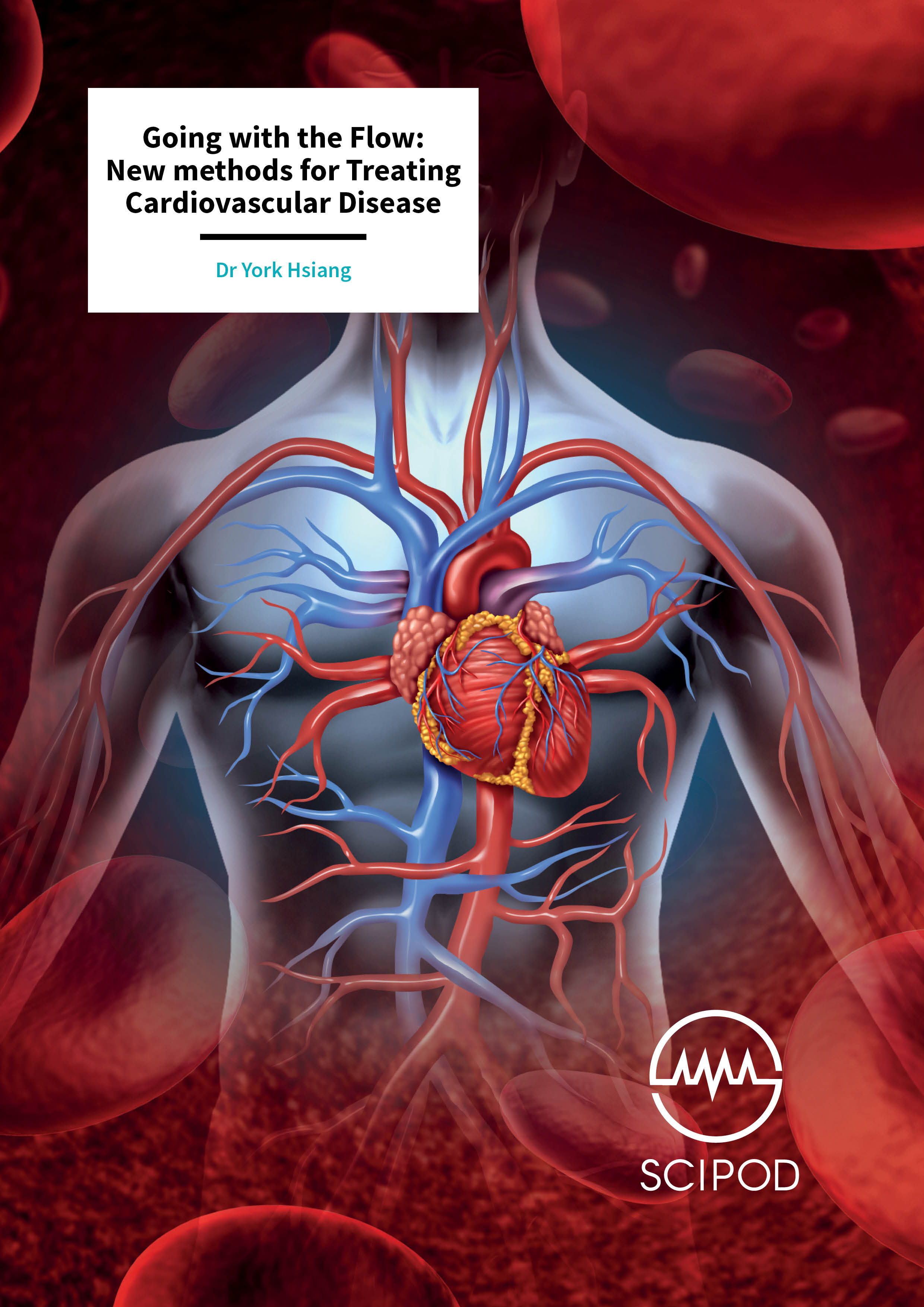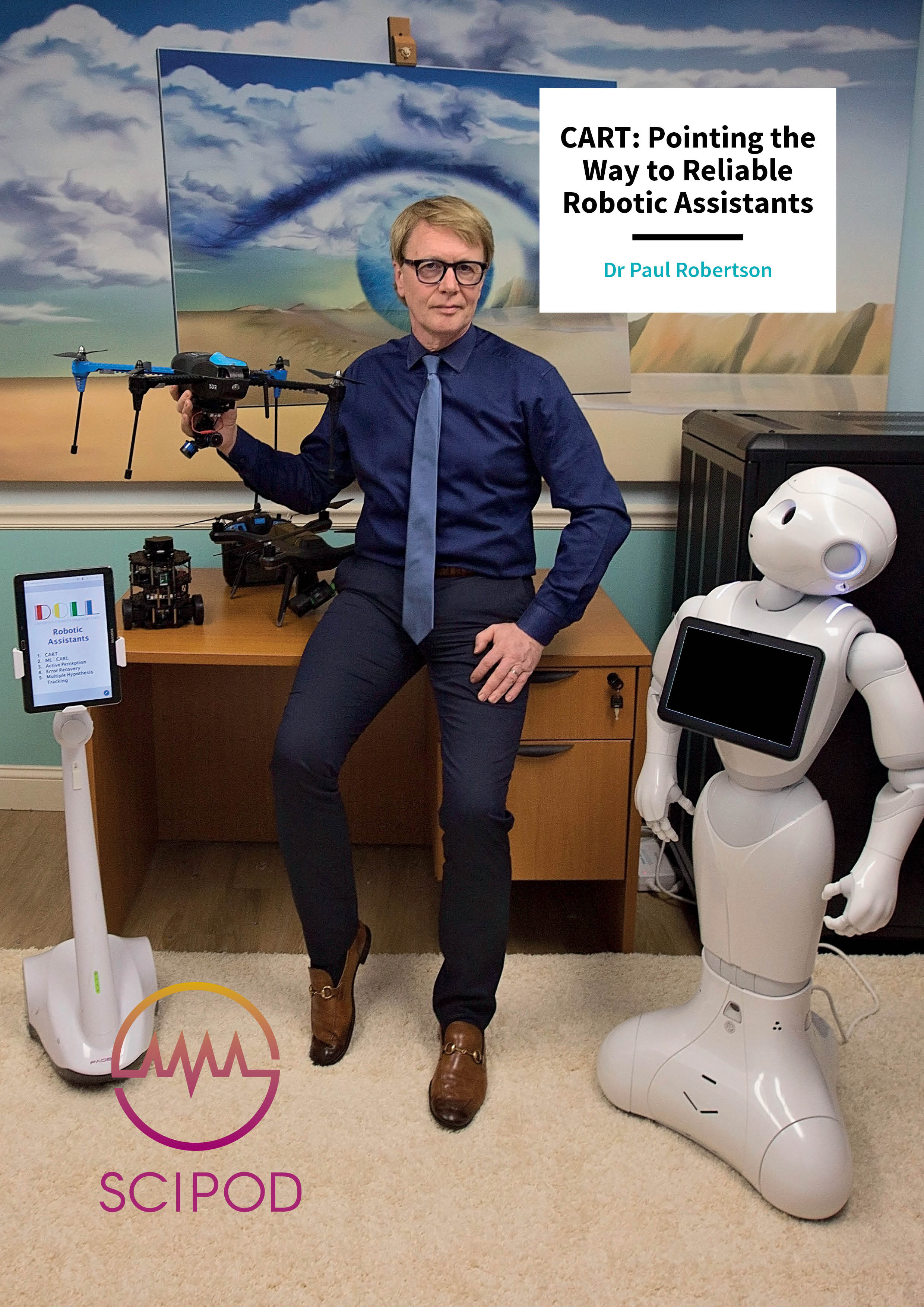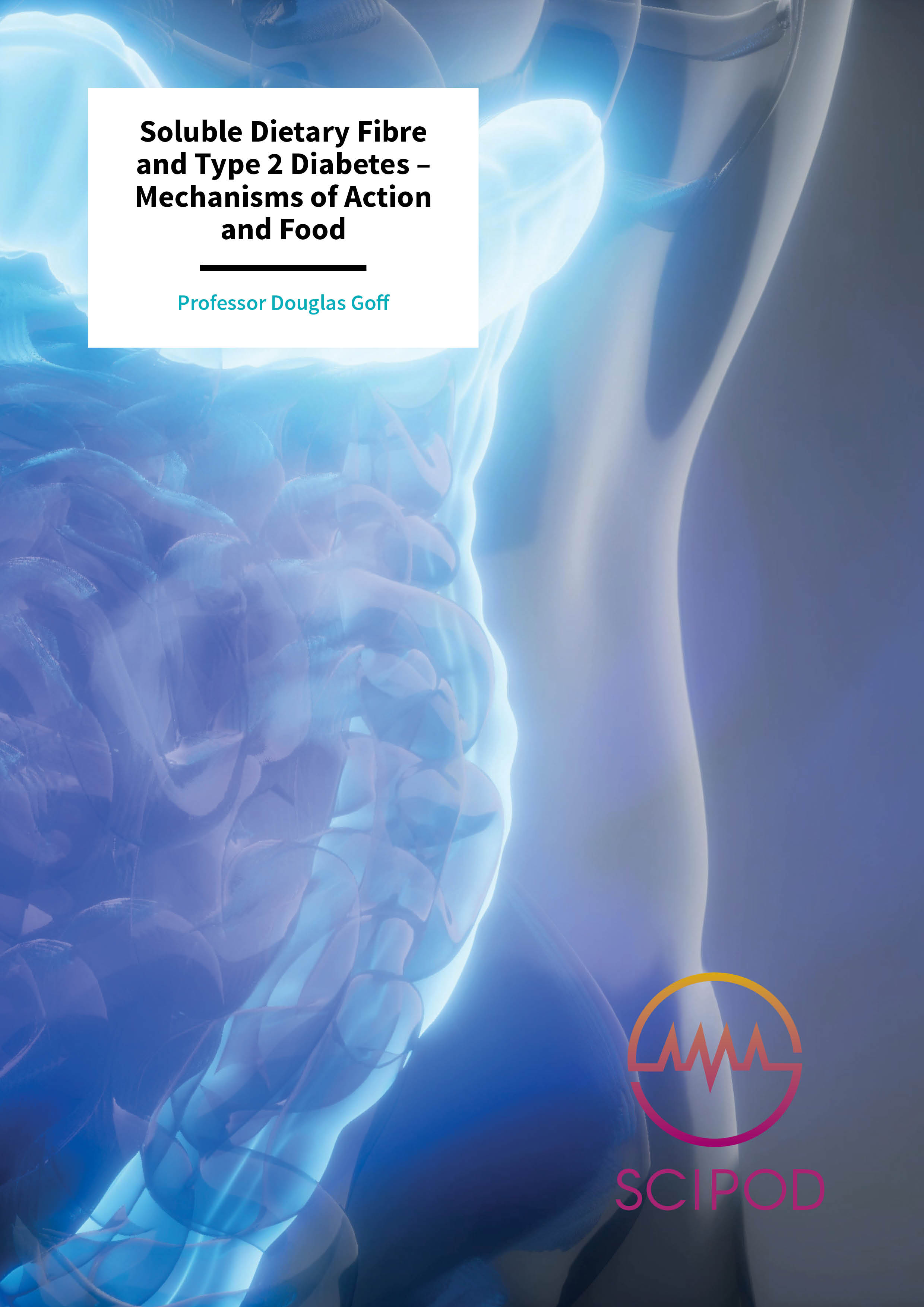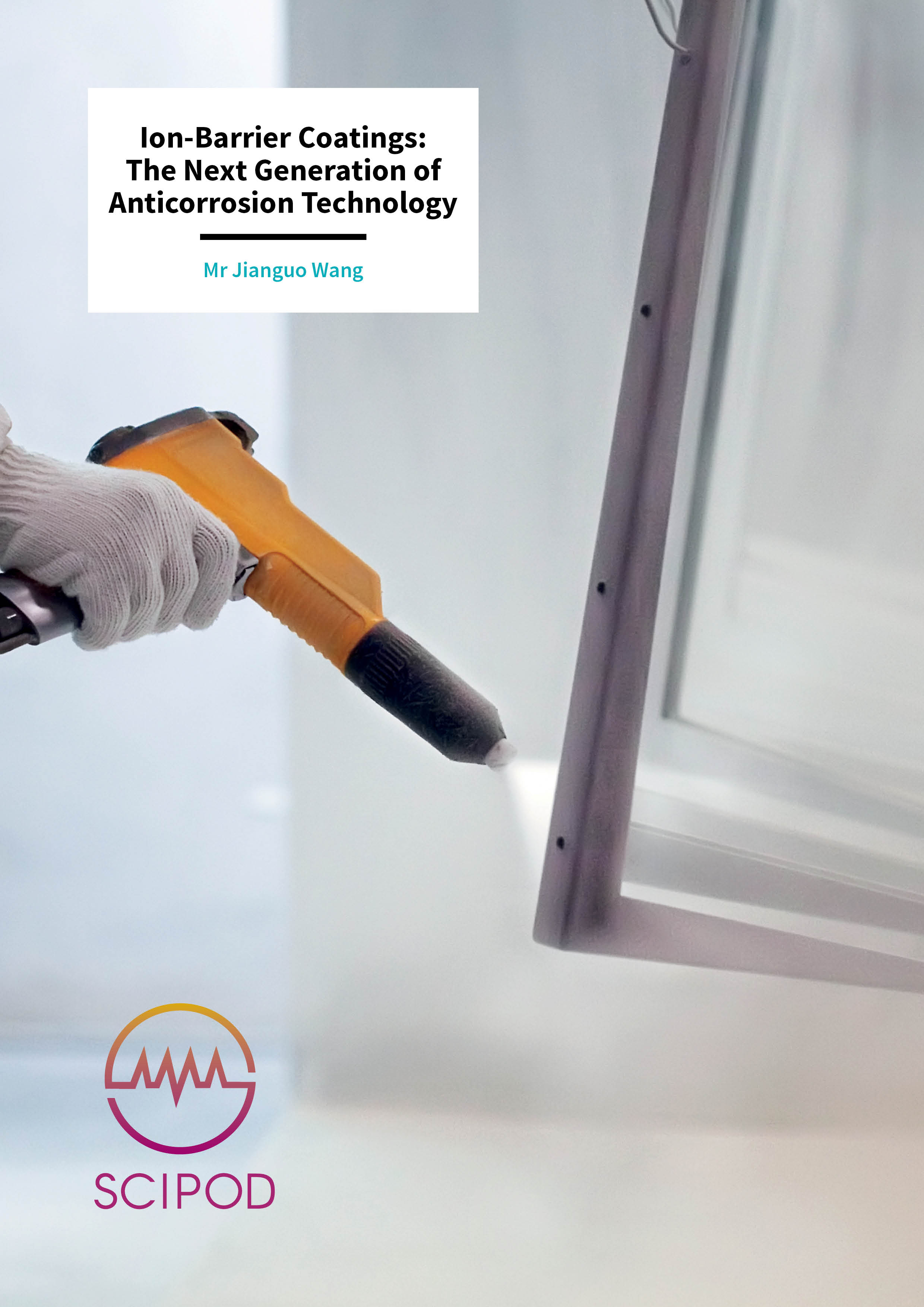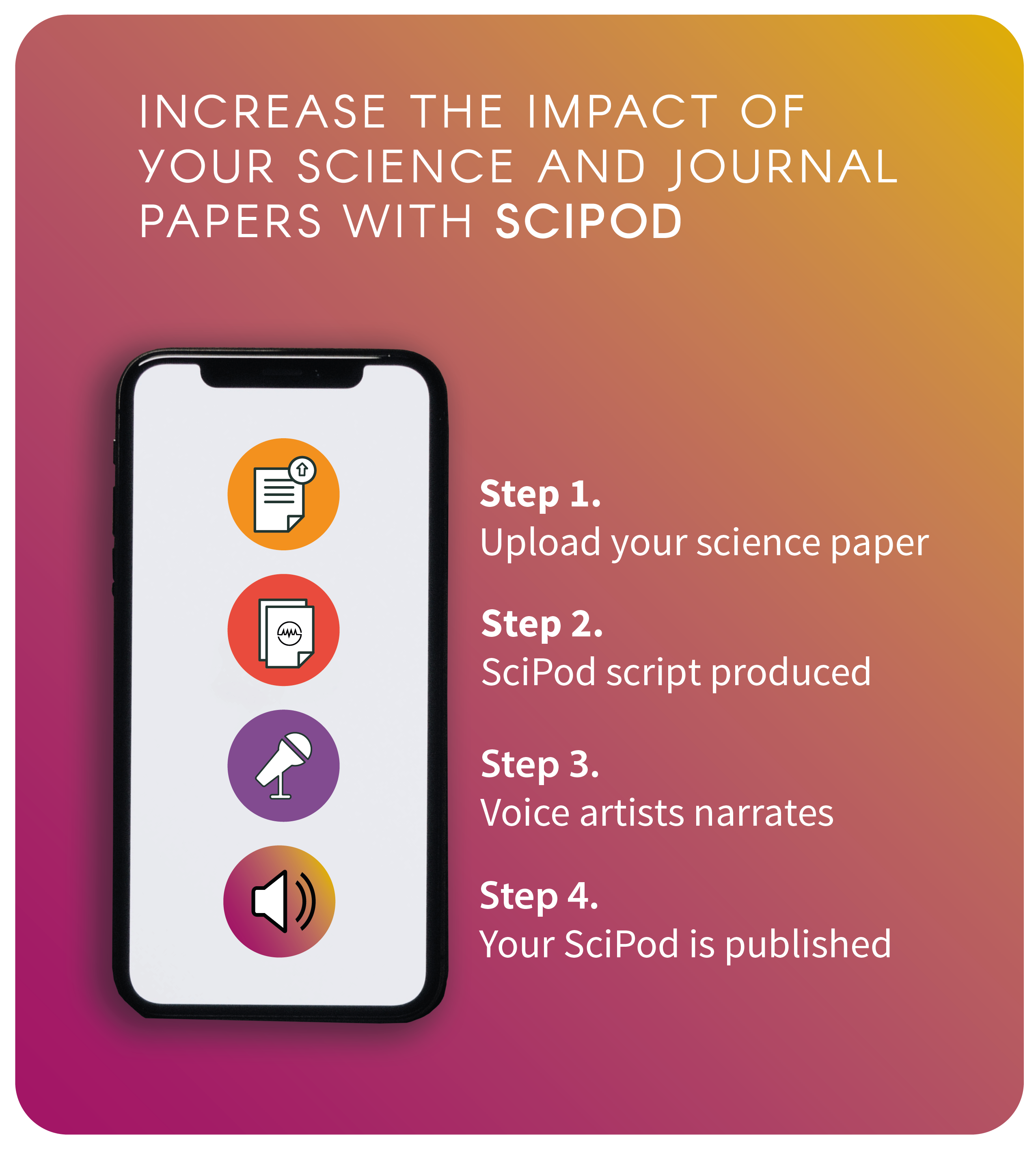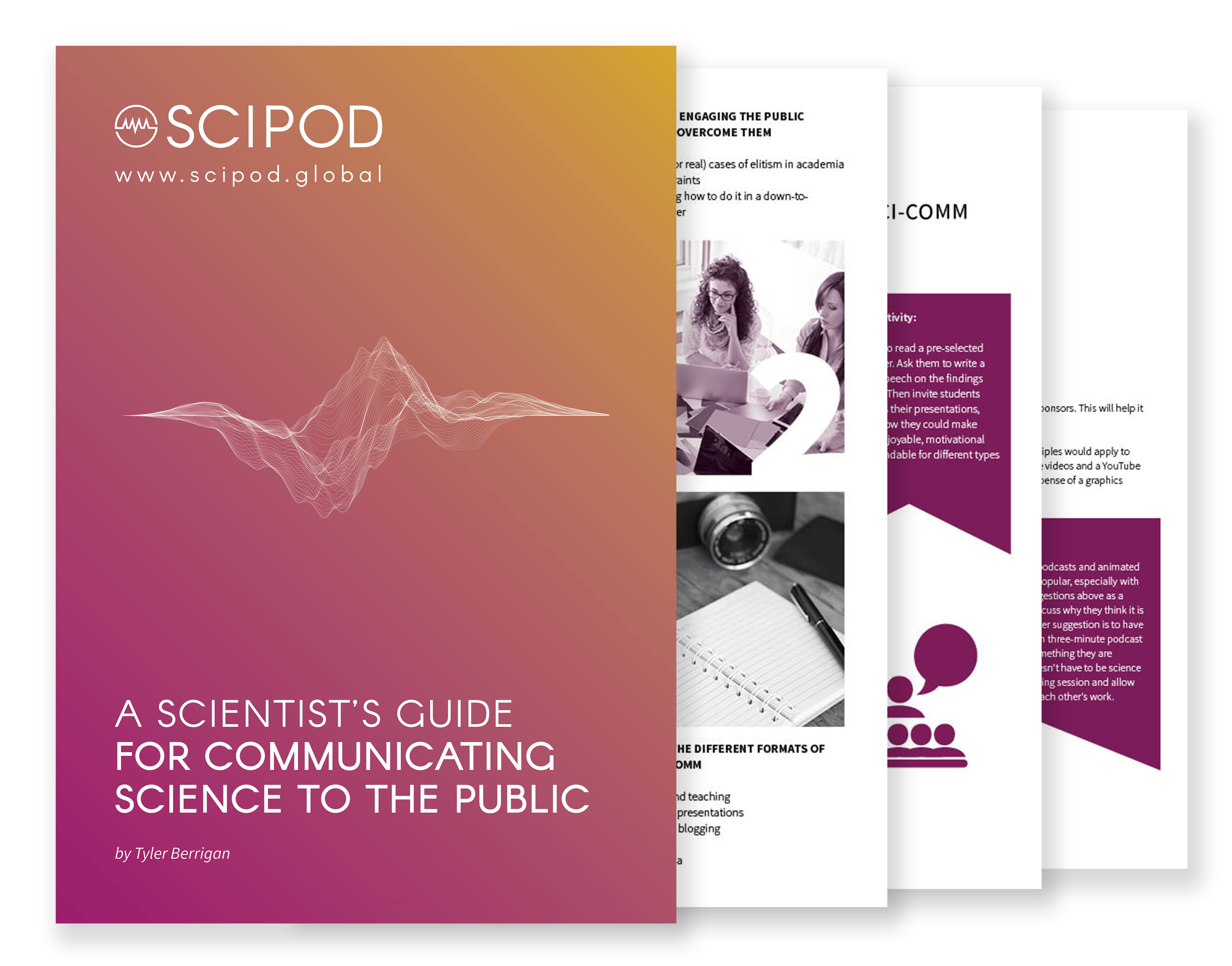Welcome to SciComm Radio
An exclusive interview series with leading scientists and science communicators
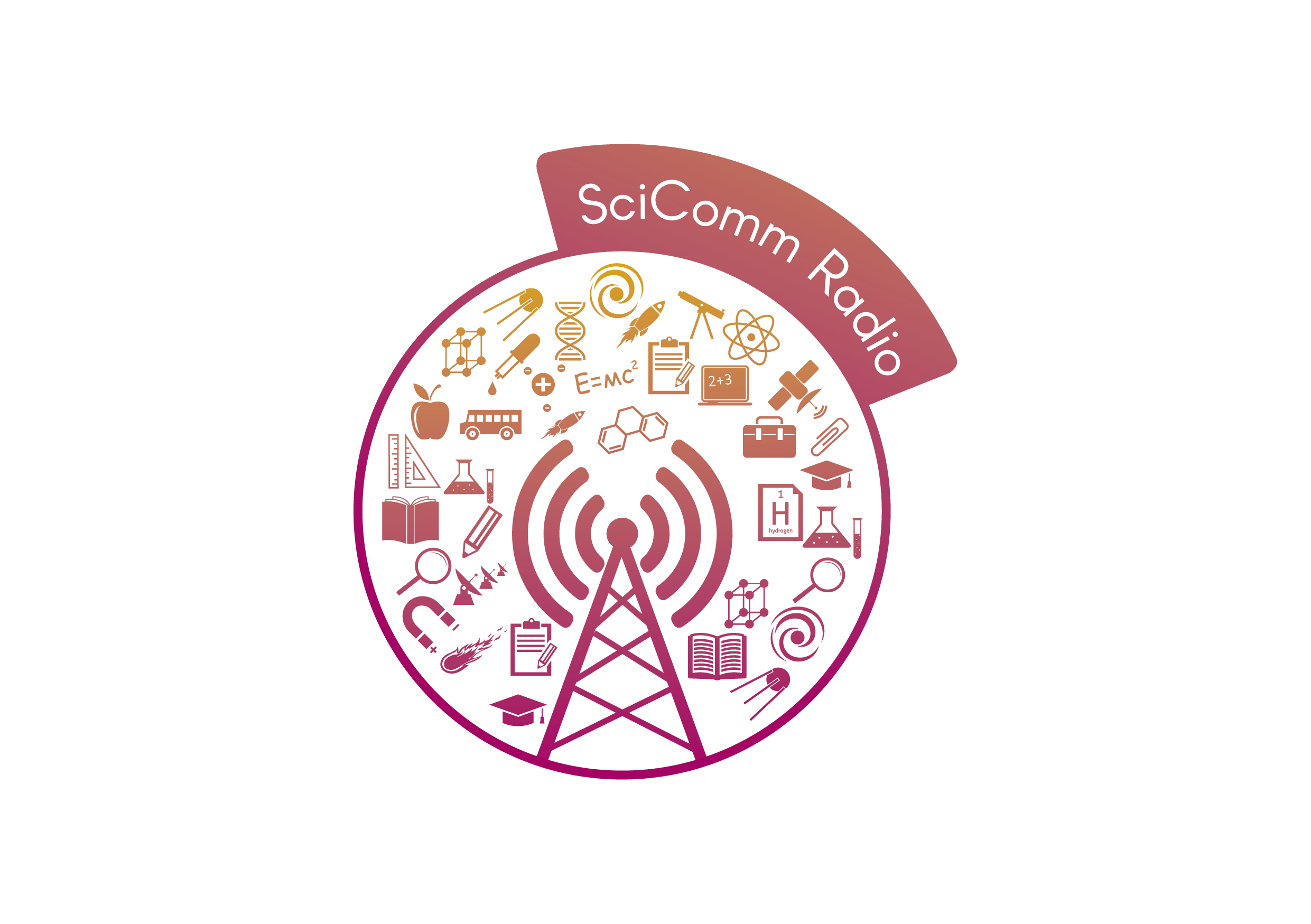
Click Below To Listen To A SciPod Radio Episode
The MIT Superfund Research Program Studies on Cleaning Up Genes and the Environment – Dr Jennifer Kay Professor Bevin Page Engelward
The MIT Superfund Research Program Studies on Cleaning Up Genes and the Environment – Dr Jennifer Kay Professor Bevin Page Engelward
Original Article Reference
https://doi.org/10.33548/SCIENTIA480
Share Episode
About this episode
In the United States, there are thousands of industrial sites contaminated by the irresponsible disposal of chemical waste. The higher than expected frequency of cancer cases near these sites has caused alarm, since many of the chemical contaminants found at these sites have been linked to the development of long-term health problems, including cancer. As leaders of the Massachusetts Institute of Technology Superfund Research Program, Dr Jennifer Kay (Research Scientist and Research Translation Director) and Professor Bevin Page Engelward (Program Director) are using their expertise to investigate the genetic factors that influence susceptibility to adverse health outcomes following exposure to environmental chemicals.
This work is licensed under a Creative Commons Attribution 4.0 International License. 
What does this mean?
Share: You can copy and redistribute the material in any medium or format
Adapt: You can change, and build upon the material for any purpose, even commercially.
Credit: You must give appropriate credit, provide a link to the license, and indicate if changes were made.
Related episodes
Increase the impact of your research
• Good science communication encourages everyday people to be scientifically literate so that they can analyse the integrity and legitimacy of information.
• Good science communication encourages people into STEM-related fields of study and employment.
• Good public science communication fosters a community around research that includes both members of the public, policymakers and scientists.
• In a recent survey, 75% of people suggested they would prefer to listen to an interesting story than read it.

Step 1 Upload your science paper
Step 2 SciPod script written
Step 3 Voice audio recorded
Step 4 SciPod published
Computing Conflict-free Treatments for Multiple Chronic Illnesses – Dr Juliana Bowles, University of St Andrews
Computing Conflict-free Treatments for Multiple Chronic Illnesses – Dr Juliana Bowles, University of St Andrews
Original Article Reference
https://doi.org/10.33548/SCIENTIA488
Share Episode
About this episode
Modern treatments for patients with more than one chronic condition can be highly precarious, and in many cases, simultaneous treatments for different illnesses can be detrimental to each other and ultimately, the patient. Dr Juliana Bowles at the University of St Andrews believes that this pressing issue can be solved with the help of advanced computational techniques. Her team has explored the ability of such techniques to calculate reliable outcomes within models of complex systems. Their work promises to significantly enhance the ways in which treatments for chronic conditions could be delivered – improving safety and quality of life for patients.
This work is licensed under a Creative Commons Attribution 4.0 International License. 
What does this mean?
Share: You can copy and redistribute the material in any medium or format
Adapt: You can change, and build upon the material for any purpose, even commercially.
Credit: You must give appropriate credit, provide a link to the license, and indicate if changes were made.
Related episodes
Increase the impact of your research
• Good science communication encourages everyday people to be scientifically literate so that they can analyse the integrity and legitimacy of information.
• Good science communication encourages people into STEM-related fields of study and employment.
• Good public science communication fosters a community around research that includes both members of the public, policymakers and scientists.
• In a recent survey, 75% of people suggested they would prefer to listen to an interesting story than read it.

Step 1 Upload your science paper
Step 2 SciPod script written
Step 3 Voice audio recorded
Step 4 SciPod published
The Blood-Brain Barrier: More than Just a Barrier – Dr Shikha Nangia, Syracuse University
The Blood-Brain Barrier: More than Just a Barrier – Dr Shikha Nangia, Syracuse University
Original Article Reference
https://doi.org/10.33548/SCIENTIA490
Share Episode
About this episode
Neurodegenerative disorders present a major cause of death and disability worldwide. Treatments are typically expensive, non-efficient, and invasive. Although scientists are committed to finding better treatment strategies, the challenge of penetrating the blood-brain barrier remains. This highly selective envelope protects our brain from harmful substances but also prevents drugs from reaching the brain when needed. Dr Shikha Nangia at Syracuse University, USA, focuses on understanding the molecular structure of this complex interface to ultimately facilitate the transport of drugs across the blood-brain barrier.
This work is licensed under a Creative Commons Attribution 4.0 International License. 
What does this mean?
Share: You can copy and redistribute the material in any medium or format
Adapt: You can change, and build upon the material for any purpose, even commercially.
Credit: You must give appropriate credit, provide a link to the license, and indicate if changes were made.
Related episodes
Increase the impact of your research
• Good science communication encourages everyday people to be scientifically literate so that they can analyse the integrity and legitimacy of information.
• Good science communication encourages people into STEM-related fields of study and employment.
• Good public science communication fosters a community around research that includes both members of the public, policymakers and scientists.
• In a recent survey, 75% of people suggested they would prefer to listen to an interesting story than read it.

Step 1 Upload your science paper
Step 2 SciPod script written
Step 3 Voice audio recorded
Step 4 SciPod published
Does ‘Safer Storage’ Reduce Agricultural Pesticide Self-poisoning in Rural Asia? Professor Flemming Konradsen & Professor Michael Eddleston
Does ‘Safer Storage’ Reduce Agricultural Pesticide Self-poisoning in Rural Asia? Professor Flemming Konradsen & Professor Michael Eddleston
Original Article Reference
This SciPod is a summary of the paper ‘Effectiveness of household lockable pesticide storage to reduce pesticide self-poisoning in rural Asia: a community-based, cluster-randomised controlled trial’, from The Lancet. https://doi.org/10.1016/S0140-6736(17)31961-X
Share Episode
About this episode
Attempting suicide by ingesting pesticides is a major public health problem in rural Asia. In Sri Lanka, pesticide self-poisoning is the most common method used in suicide attempts in many rural areas. Globally, it accounts for as many as one in every five of the world’s suicides. Many people have recommended ‘safer storage and use’ as the answer to the problem. A group of Sri Lankan and international researchers took on the challenge to test, on a large scale, whether improving pesticide storage in households would actually reduce the frequency of self-poisoning with pesticides. Remarkably, they found no benefit from this approach at all. These findings have important implications for global policies aiming to reduce the incidence of suicide and self-harm.
This work is licensed under a Creative Commons Attribution 4.0 International License. 
What does this mean?
Share: You can copy and redistribute the material in any medium or format
Adapt: You can change, and build upon the material for any purpose, even commercially.
Credit: You must give appropriate credit, provide a link to the license, and indicate if changes were made.
Related episodes
Increase the impact of your research
• Good science communication encourages everyday people to be scientifically literate so that they can analyse the integrity and legitimacy of information.
• Good science communication encourages people into STEM-related fields of study and employment.
• Good public science communication fosters a community around research that includes both members of the public, policymakers and scientists.
• In a recent survey, 75% of people suggested they would prefer to listen to an interesting story than read it.

Step 1 Upload your science paper
Step 2 SciPod script written
Step 3 Voice audio recorded
Step 4 SciPod published
Simulating Supersonic Fluid Flows in the Student Aerodynamics Lab – Dr Oleg Goushcha, Manhattan College
Simulating Supersonic Fluid Flows in the Student Aerodynamics Lab – Dr Oleg Goushcha, Manhattan College
Original Article Reference
This SciPod is a summary of the papers ‘Revival of water table experiments in fluid mechanics courses, part I’ and ‘Revival of water table experiment in fluid mechanics courses, part II’, from the International Journal of Mechanical Engineering Education. https://doi.org/10.1177/0306419019831393
Share Episode
About this episode
When learning about fluid dynamics, physics and engineering students can benefit greatly from hands-on experiments that allow them to visualise the equations they learn in lectures. For supersonic flows, however, the equipment required is incredibly expensive, making some experiments inaccessible to many universities. Dr Oleg Goushcha at Manhattan College has revived an old methodology to demonstrate supersonic flows in the classroom using far more affordable equipment. He has shown that the features seen in supersonic can be accurately simulated through an inexpensive setup involving water surface waves.
This work is licensed under a Creative Commons Attribution 4.0 International License. 
What does this mean?
Share: You can copy and redistribute the material in any medium or format
Adapt: You can change, and build upon the material for any purpose, even commercially.
Credit: You must give appropriate credit, provide a link to the license, and indicate if changes were made.
Related episodes
Increase the impact of your research
• Good science communication encourages everyday people to be scientifically literate so that they can analyse the integrity and legitimacy of information.
• Good science communication encourages people into STEM-related fields of study and employment.
• Good public science communication fosters a community around research that includes both members of the public, policymakers and scientists.
• In a recent survey, 75% of people suggested they would prefer to listen to an interesting story than read it.

Step 1 Upload your science paper
Step 2 SciPod script written
Step 3 Voice audio recorded
Step 4 SciPod published
Building the STEM Students We Need – University of San Diego
Building the STEM Students We Need – University of San Diego
Original Article Reference
https://doi.org/10.33548/SCIENTIA475
Share Episode
About this episode
Despite recent efforts to promote diversity in STEM education and professional environments, some ethnic groups remain highly underrepresented in STEM fields, including the Hispanic/LatinX community. To tackle this underrepresentation, researchers at the University of San Diego have created a multi-dimensional program funded by the National Science Foundation called STEMWoW, which is designed to promote and sustain interest in STEM disciplines among middle school students from underserved communities.
This work is licensed under a Creative Commons Attribution 4.0 International License. 
What does this mean?
Share: You can copy and redistribute the material in any medium or format
Adapt: You can change, and build upon the material for any purpose, even commercially.
Credit: You must give appropriate credit, provide a link to the license, and indicate if changes were made.
Related episodes
Increase the impact of your research
• Good science communication encourages everyday people to be scientifically literate so that they can analyse the integrity and legitimacy of information.
• Good science communication encourages people into STEM-related fields of study and employment.
• Good public science communication fosters a community around research that includes both members of the public, policymakers and scientists.
• In a recent survey, 75% of people suggested they would prefer to listen to an interesting story than read it.

Step 1 Upload your science paper
Step 2 SciPod script written
Step 3 Voice audio recorded
Step 4 SciPod published
TunnelBerries: Enhancing The Sustainability Of Berry Production
TunnelBerries: Enhancing The Sustainability Of Berry Production
Original Article Reference
https://doi.org/10.33548/SCIENTIA470
Share Episode
About this episode
In certain areas of the US, local berry growers face difficulties in meeting the growing customer demand for high-quality berries, while also managing pests in sustainable ways. Aware of these challenges, researchers from different universities, including Michigan State, Penn State and Cornell Universities have been collaborating on a project called TunnelBerries. Their aim is to conduct research related to berry growing and provide berry crop producers with useful information, paving the way towards the use of forward-looking practices.
This work is licensed under a Creative Commons Attribution 4.0 International License. 
What does this mean?
Share: You can copy and redistribute the material in any medium or format
Adapt: You can change, and build upon the material for any purpose, even commercially.
Credit: You must give appropriate credit, provide a link to the license, and indicate if changes were made.
Related episodes
Increase the impact of your research
• Good science communication encourages everyday people to be scientifically literate so that they can analyse the integrity and legitimacy of information.
• Good science communication encourages people into STEM-related fields of study and employment.
• Good public science communication fosters a community around research that includes both members of the public, policymakers and scientists.
• In a recent survey, 75% of people suggested they would prefer to listen to an interesting story than read it.

Step 1 Upload your science paper
Step 2 SciPod script written
Step 3 Voice audio recorded
Step 4 SciPod published
Andy Ridgway | The Evolution Of Science Journalism
SciPod Radio
About this episode
This week we speak with Andy Ridgway, an award-winning journalist, he has spent nearly 20 years in the profession, most recently as Deputy Editor of BBC Focus and then launch Editor of Science Uncovered. We discuss the impact the internet, and notably, social media is having on the science journalism world. What’s changed, and importantly, what hasn’t.
Contact
For further information, you can connect with Andy Ridgway on Andy.Ridgway@uwe.ac.uk
This work is licensed under a Creative Commons Attribution 4.0 International License. 
What does this mean?
Share: You can copy and redistribute the material in any medium or format
Adapt: You can change, and build upon the material for any purpose, even commercially.
Credit: You must give appropriate credit, provide a link to the license, and indicate if changes were made.
Increase the impact of your research!
More episodes
Innovations in Functional Brain Imaging to Improve Neurosurgery – Dr Jun Hua, Johns Hopkins University
Innovations in Functional Brain Imaging to Improve Neurosurgery – Dr Jun Hua, Johns Hopkins University
Original Article Reference
https://doi.org/10.33548/SCIENTIA477
Share Episode
About this episode
Dr Jun Hua, Associate Professor at the F. M. Kirby Research Center for Functional Brain Imaging at the Kennedy Krieger Institute and Johns Hopkins University, USA, leads a team focused on developing novel magnetic resonance imaging (MRI) technologies for imaging the structure and function of the brain. Recently, they have been pioneering the development of new MRI techniques that can be used to improve pre-surgical planning for neurological patients and optimise patient outcomes.
This work is licensed under a Creative Commons Attribution 4.0 International License. 
What does this mean?
Share: You can copy and redistribute the material in any medium or format
Adapt: You can change, and build upon the material for any purpose, even commercially.
Credit: You must give appropriate credit, provide a link to the license, and indicate if changes were made.
Related episodes
Increase the impact of your research
• Good science communication encourages everyday people to be scientifically literate so that they can analyse the integrity and legitimacy of information.
• Good science communication encourages people into STEM-related fields of study and employment.
• Good public science communication fosters a community around research that includes both members of the public, policymakers and scientists.
• In a recent survey, 75% of people suggested they would prefer to listen to an interesting story than read it.

Step 1 Upload your science paper
Step 2 SciPod script written
Step 3 Voice audio recorded
Step 4 SciPod published
How Memories Are Made And Lost In The Brain – Professor Don Kulasiri, Lincoln University
How Memories Are Made And Lost In The Brain – Professor Don Kulasiri, Lincoln University
Original Article Reference
This SciPod is a summary of the papers ‘Modelling the dynamics of CaMKII–NMDAR complex related to memory formation in synapses: The possible roles of threonine 286 autophosphorylation of CaMKII in long term potentiation’, published in the Journal of Theoretical Biology, DOI:10.1016/j.jtbi.2014.11.001; ‘Modelling bidirectional modulations in synaptic plasticity: A biochemical pathway model to understand the emergence of long term potentiation (LTP) and long term depression (LTD)’, published in the Journal of Theoretical Biology, DOI:10.1016/j.jtbi.2016.05.015; and ‘Computational investigation of Amyloid-β-induced location- and subunit-specific disturbances of NMDAR at hippocampal dendritic spine in Alzheimer’s disease’, published in the journal PLOS ONE, DOI:10.1371/journal.pone.0182743.
Share Episode
About this episode
Our brain forms long-term memories and stores information through synaptic plasticity, the ability of the connections between neurons to be strengthened or weakened over time. However, the exact methods through which synaptic plasticity is achieved by the brain remain largely unknown in the scientific community. Professor Don Kulasiri at Lincoln University, New Zealand, is using a mathematical modelling approach to shed light into this process. His findings are providing molecular insights into how memories can be strengthened or lost.
This work is licensed under a Creative Commons Attribution 4.0 International License. 
What does this mean?
Share: You can copy and redistribute the material in any medium or format
Adapt: You can change, and build upon the material for any purpose, even commercially.
Credit: You must give appropriate credit, provide a link to the license, and indicate if changes were made.
Related episodes
Increase the impact of your research

Step 1 Upload your science paper
Step 2 SciPod script written
Step 3 Voice audio recorded
Step 4 SciPod published
Profiting from Disinformation: The Case of Genetically Modified Organisms
Profiting from Disinformation: The Case of Genetically Modified Organisms
Original Article Reference
This SciPod is a summary of the paper ‘Monetizing disinformation in the attention economy: the case of genetically modified organisms (GMOs)’, from the European Management Journal.
https://doi.org/10.1016/j.emj.2019.11.002
Conflict of interest and funding disclosures
Over the development, execution, and publication of this study, all authors were employed by Bayer Crop Science. Thus, the work was funded by Bayer Crop Science.The production of this SciPod was commissioned by Bayer CropScience. As of 2020, author Ryan Butner is employed by Pacific Northwest National Laboratory (PNNL).
Share Episode
About this episode
As people are now spending a substantial amount of time online, traditional businesses and other vendors try to attract new customers by gaining traction on social media platforms, capturing the attention of users in a variety of ways. This is often achieved by disseminating compelling information, which is not always true or reliable. In a recent study, Dr Camille Ryan and her colleagues at Bayer Crop Science have taken a closer look at the monetisation of disinformation, focusing on the specific case of genetically modified organisms (aka GMOs).
This work is licensed under a Creative Commons Attribution 4.0 International License. 
What does this mean?
Share: You can copy and redistribute the material in any medium or format
Adapt: You can change, and build upon the material for any purpose, even commercially.
Credit: You must give appropriate credit, provide a link to the license, and indicate if changes were made.
Related episodes
Increase the impact of your research
• Good science communication encourages everyday people to be scientifically literate so that they can analyse the integrity and legitimacy of information.
• Good science communication encourages people into STEM-related fields of study and employment.
• Good public science communication fosters a community around research that includes both members of the public, policymakers and scientists.
• In a recent survey, 75% of people suggested they would prefer to listen to an interesting story than read it.

Step 1 Upload your science paper
Step 2 SciPod script written
Step 3 Voice audio recorded
Step 4 SciPod published
Targeting the Brain in Type 2 Diabetes: Therapeutics to Induce Remission – Dr Jarrad Scarlett, University of Washington
Targeting the Brain in Type 2 Diabetes: Therapeutics to Induce Remission – Dr Jarrad Scarlett, University of Washington
Original Article Reference
https://doi.org/10.33548/SCIENTIA463
Share Episode
About this episode
Type 2 diabetes (T2D) is among the most impactful and costly biomedical challenges confronting society. Current treatment regimens for T2D rely upon daily drug dosing and frequent glucose monitoring to normalise blood glucose levels. However, these medications can only delay disease progression and frequently have undesired side effects including hypoglycaemia and weight gain. Growing evidence supports a key role for the brain in glucose homeostasis and diabetes pathogenesis. Dr Jarrad Scarlett and his research team at the University of Washington and Seattle Children’s Hospital are working on the development of novel pharmaceuticals to target the brain to induce sustained remission of T2D.
This work is licensed under a Creative Commons Attribution 4.0 International License. 
What does this mean?
Share: You can copy and redistribute the material in any medium or format
Adapt: You can change, and build upon the material for any purpose, even commercially.
Credit: You must give appropriate credit, provide a link to the license, and indicate if changes were made.
Related episodes
Increase the impact of your research
• Good science communication encourages everyday people to be scientifically literate so that they can analyse the integrity and legitimacy of information.
• Good science communication encourages people into STEM-related fields of study and employment.
• Good public science communication fosters a community around research that includes both members of the public, policymakers and scientists.
• In a recent survey, 75% of people suggested they would prefer to listen to an interesting story than read it.

Step 1 Upload your science paper
Step 2 SciPod script written
Step 3 Voice audio recorded
Step 4 SciPod published
Identifying Ways to Make the BEST Program Even Better – Professor Stephanie Wengert Watts, Michigan State University
Identifying Ways to Make the BEST Program Even Better – Professor Stephanie Wengert Watts, Michigan State University
Original Article Reference
This SciPod is a summary of the paper ‘Faculty perceptions and knowledge of career development of trainees in biomedical science: what do we (think we) know?’, published by PLoS ONE, https://doi.org/10.1371/journal.pone.0210189.
Share Episode
About this episode
Broadening Experiences in Scientific Training – or ‘BEST’ – is a program that aims to help biomedical students to explore and pursue expanded career options beyond traditional academic positions. While the program has been in place for a few years, the views of participating faculty members on the value of BEST’s career development initiatives had never been collected. To fill this gap, Dr Stephanie Watts at Michigan State University and her collaborators asked faculty members at seven institutions participating in the BEST program to answer surveys and share their perceptions. By shedding light on the program’s strengths and weaknesses, the team’s findings will help to improve BEST initiatives, greatly benefitting the participating students.
This work is licensed under a Creative Commons Attribution 4.0 International License. 
What does this mean?
Share: You can copy and redistribute the material in any medium or format
Adapt: You can change, and build upon the material for any purpose, even commercially.
Credit: You must give appropriate credit, provide a link to the license, and indicate if changes were made.
Related episodes
Increase the impact of your research
• Good science communication encourages everyday people to be scientifically literate so that they can analyse the integrity and legitimacy of information.
• Good science communication encourages people into STEM-related fields of study and employment.
• Good public science communication fosters a community around research that includes both members of the public, policymakers and scientists.
• In a recent survey, 75% of people suggested they would prefer to listen to an interesting story than read it.

Step 1 Upload your science paper
Step 2 SciPod script written
Step 3 Voice audio recorded
Step 4 SciPod published
From Machine Learning To Machine Understanding – Dr Yan M Yufik
From Machine Learning To Machine Understanding – Dr Yan M Yufik
Original Article Reference
https://doi.org/10.33548/SCIENTIA465
Share Episode
About this episode
Despite dramatic advances in neuroscience and biology in the 20th and 21st centuries, our understanding of the brain remains very limited. Dr Yan M Yufik, Head at Virtual Structures Research Inc, USA, is a physicist and cognitive scientist who has spent over 20 years combining experimental findings and theoretical concepts in domains as diverse as neuroscience and thermodynamics to form a theory of the brain. His focus has been on elucidating the mechanisms underlying human understanding and applying the results to the design of machines that can not only learn but understand what they are learning.
This work is licensed under a Creative Commons Attribution 4.0 International License.  What does this mean? Share: You can copy and redistribute the material in any medium or format Adapt: You can change, and build upon the material for any purpose, even commercially. Credit: You must give appropriate credit, provide a link to the license, and indicate if changes were made.
What does this mean? Share: You can copy and redistribute the material in any medium or format Adapt: You can change, and build upon the material for any purpose, even commercially. Credit: You must give appropriate credit, provide a link to the license, and indicate if changes were made.
Related episodes
Increase the impact of your research
• Good science communication encourages everyday people to be scientifically literate so that they can analyse the integrity and legitimacy of information.
• Good science communication encourages people into STEM-related fields of study and employment.
• Good public science communication fosters a community around research that includes both members of the public, policymakers and scientists.
• In a recent survey, 75% of people suggested they would prefer to listen to an interesting story than read it.

Step 1 Upload your science paper
Step 2 SciPod script written
Step 3 Voice audio recorded
Step 4 SciPod published
ADBCAP A Human Approach To Improving Biosecurity
ADBCAP A Human Approach To Improving Biosecurity
Original Article Reference
https://doi.org/10.33548/SCIENTIA453
Share Episode
About this episode
This work is licensed under a Creative Commons Attribution 4.0 International License.  What does this mean? Share: You can copy and redistribute the material in any medium or format Adapt: You can change, and build upon the material for any purpose, even commercially. Credit: You must give appropriate credit, provide a link to the license, and indicate if changes were made.
What does this mean? Share: You can copy and redistribute the material in any medium or format Adapt: You can change, and build upon the material for any purpose, even commercially. Credit: You must give appropriate credit, provide a link to the license, and indicate if changes were made.
Related episodes
Increase the impact of your research
• Good science communication encourages everyday people to be scientifically literate so that they can analyse the integrity and legitimacy of information.
• Good science communication encourages people into STEM-related fields of study and employment.
• Good public science communication fosters a community around research that includes both members of the public, policymakers and scientists.
• In a recent survey, 75% of people suggested they would prefer to listen to an interesting story than read it.

Step 1 Upload your science paper
Step 2 SciPod script written
Step 3 Voice audio recorded
Step 4 SciPod published
Improving Mentoring Relationships in Science: Mentors Need Mentors – Dr Christine Pfund
Improving Mentoring Relationships in Science: Mentors Need Mentors – Dr Christine Pfund
Original Article Reference
https://doi.org/10.33548/SCIENTIA458
Share Episode
About this episode
This work is licensed under a Creative Commons Attribution 4.0 International License.  What does this mean? Share: You can copy and redistribute the material in any medium or format Adapt: You can change, and build upon the material for any purpose, even commercially. Credit: You must give appropriate credit, provide a link to the license, and indicate if changes were made.
What does this mean? Share: You can copy and redistribute the material in any medium or format Adapt: You can change, and build upon the material for any purpose, even commercially. Credit: You must give appropriate credit, provide a link to the license, and indicate if changes were made.
Related episodes
Increase the impact of your research
• Good science communication encourages everyday people to be scientifically literate so that they can analyse the integrity and legitimacy of information.
• Good science communication encourages people into STEM-related fields of study and employment.
• Good public science communication fosters a community around research that includes both members of the public, policymakers and scientists.
• In a recent survey, 75% of people suggested they would prefer to listen to an interesting story than read it.

Step 1 Upload your science paper
Step 2 SciPod script written
Step 3 Voice audio recorded
Step 4 SciPod published
Artificial Intelligence Predicts The Worsening Of Chronic Kidney Disease – Professor Eiichiro Kanda
Artificial Intelligence Predicts The Worsening Of Chronic Kidney Disease – Professor Eiichiro Kanda
Original Article Reference
This SciPod is a summary of the paper ‘Identifying progressive CKD from healthy population using Bayesian network and artificial intelligence: A worksite-based cohort study’, published in the open access journal Scientific Reports. https://doi.org/10.1038/s41598-019-41663-7.
Share Episode
About this episode
 What does this mean? Share: You can copy and redistribute the material in any medium or format Adapt: You can change, and build upon the material for any purpose, even commercially. Credit: You must give appropriate credit, provide a link to the license, and indicate if changes were made.
What does this mean? Share: You can copy and redistribute the material in any medium or format Adapt: You can change, and build upon the material for any purpose, even commercially. Credit: You must give appropriate credit, provide a link to the license, and indicate if changes were made.Related episodes
Increase the impact of your research
• Good science communication encourages everyday people to be scientifically literate so that they can analyse the integrity and legitimacy of information.
• Good science communication encourages people into STEM-related fields of study and employment.
• Good public science communication fosters a community around research that includes both members of the public, policymakers and scientists.
• In a recent survey, 75% of people suggested they would prefer to listen to an interesting story than read it.

Step 1 Upload your science paper
Step 2 SciPod script written
Step 3 Voice audio recorded
Step 4 SciPod published
A Deep Learning Model to Predict Student Dropout – Dr Naif Radi Aljohani, King Abdulaziz University Jeddah
A Deep Learning Model to Predict Student Dropout – Dr Naif Radi Aljohani, King Abdulaziz University Jeddah
Original Article Reference
This SciPod is a summary of the paper ‘Virtual learning environment to predict withdrawal by leveraging deep learning’, from Wiley’s International Journal of Intelligent Systems. https://doi.org/10.1002/int.22129
Share Episode
About this episode
Identifying students who are at risk of withdrawing from higher education is of key importance, as it allows educators to devise and implement intervention strategies that could support students in completing their studies. With this in mind, Dr Naif Radi Aljohani and his colleagues at King Abdulaziz University in Saudi Arabia have recently devised a technique that could help to predict early dropout from university courses, by analysing data related to student engagement on online learning platforms.
This work is licensed under a Creative Commons Attribution 4.0 International License. 
What does this mean?
Share: You can copy and redistribute the material in any medium
or format
Adapt: You can change, and build upon the material for any
purpose, even commercially.
Credit: You must give appropriate credit, provide a link to the
license, and indicate if changes were made.
Related episodes
Increase the impact of your research
• Good science communication encourages everyday people to be scientifically literate so that they can analyse the integrity and legitimacy of information.
• Good science communication encourages people into STEM-related fields of study and employment.
• Good public science communication fosters a community around research that includes both members of the public, policymakers and scientists.
• In a recent survey, 75% of people suggested they would prefer to listen to an interesting story than read it.

Upload your science paper
Step 2
SciPod script written
Step 3
Voice audio recorded
Step 4
SciPod published
The Benefits of an Organic Diet on Oxidative Stress and Inflammation in Children – Dr Konstantinos Makris, Cyprus University of Technology
The Benefits of an Organic Diet on Oxidative Stress and Inflammation in Children – Dr Konstantinos Makris, Cyprus University of Technology
Original Article Reference
This SciPod is a summary of the paper ‘A cluster-randomized crossover trial of organic diet impact on biomarkers of exposure to pesticides and biomarkers of oxidative stress/inflammation in primary school children’ published in the open access journal PLOS ONE: https://doi.org/10.1371/journal.pone.0219420
Share Episode
About this episode
Lifestyle factors and behavioural changes, such as diet modifications, are gaining interest as methods to modify or even prevent the global progression of chronic diseases, such as heart conditions and type 2 diabetes. Dr Konstantinos Makris (con-stan-teen-os Mah-kris), at the Cyprus International Institute for Environmental and Public Health within the Cyprus University of Technology, and his colleagues conducted a clinical trial to investigate the benefits of eating an organic diet in school children, with findings making an important contribution to this emergent field.
This work is licensed under a Creative Commons Attribution 4.0 International License. 
What does this mean?
Share: You can copy and redistribute the material in any medium
or format
Adapt: You can change, and build upon the material for any
purpose, even commercially.
Credit: You must give appropriate credit, provide a link to the
license, and indicate if changes were made.
Related episodes
Increase the impact of your research
• Good science communication encourages everyday people to be scientifically literate so that they can analyse the integrity and legitimacy of information.
• Good science communication encourages people into STEM-related fields of study and employment.
• Good public science communication fosters a community around research that includes both members of the public, policymakers and scientists.
• In a recent survey, 75% of people suggested they would prefer to listen to an interesting story than read it.

Upload your science paper
Step 2
SciPod script written
Step 3
Voice audio recorded
Step 4
SciPod published
Flood Prediction Using Remote Sensing Technology – Dr Guy J – P Schumann
Flood Prediction Using Remote Sensing Technology – Dr Guy J – P Schumann
Original Article Reference
https://doi.org/10.33548/SCIENTIA444
Share Episode
About this episode
This work is licensed under a Creative Commons Attribution 4.0 International License. 
What does this mean?
Share: You can copy and redistribute the material in any medium
or format
Adapt: You can change, and build upon the material for any
purpose, even commercially.
Credit: You must give appropriate credit, provide a link to the
license, and indicate if changes were made.
Related episodes
Increase the impact of your research
• Good science communication encourages everyday people to be scientifically literate so that they can analyse the integrity and legitimacy of information.
• Good science communication encourages people into STEM-related fields of study and employment.
• Good public science communication fosters a community around research that includes both members of the public, policymakers and scientists.
• In a recent survey, 75% of people suggested they would prefer to listen to an interesting story than read it.

Upload your science paper
Step 2
SciPod script written
Step 3
Voice audio recorded
Step 4
SciPod published
Creating A Circular Economy For Sustainable Metal Manufacturing – Andrew LaTour
Creating A Circular Economy For Sustainable Metal Manufacturing – Andrew LaTour
Original Article Reference
https://doi.org/10.33548/SCIENTIA452
Share Episode
About this episode
This work is licensed under a Creative Commons Attribution 4.0 International License. 
What does this mean?
Share: You can copy and redistribute the material in any medium
or format
Adapt: You can change, and build upon the material for any
purpose, even commercially.
Credit: You must give appropriate credit, provide a link to the
license, and indicate if changes were made.
Related episodes
Increase the impact of your research
• Good science communication encourages everyday people to be scientifically literate so that they can analyse the integrity and legitimacy of information.
• Good science communication encourages people into STEM-related fields of study and employment.
• Good public science communication fosters a community around research that includes both members of the public, policymakers and scientists.
• In a recent survey, 75% of people suggested they would prefer to listen to an interesting story than read it.

Upload your science paper
Step 2
SciPod script written
Step 3
Voice audio recorded
Step 4
SciPod published
Are Amyloid Peptides Potential Therapeutics for Sepsis?
Are Amyloid Peptides Potential Therapeutics for Sepsis?
Original Article Reference
This SciPod is a summary of the paper ‘An amyloidogenic hexapeptide derived from amylin attenuates inflammation and acute lung injury in murine sepsis’ published in the open access journal PLOS ONE:
https://journals.plos.org/plosone/article?id=10.1371/journal.pone.0199206
Share Episode
About this episode
Amyloids are aggregates of polymerised proteins. The polymerised proteins do not fold as they should and adopt shapes that enable multiple copies to stick together. In humans, these clusters of proteins form fibrils and the presence of these amyloid protein clusters are associated with disease pathologies. In a recent study, Dr Sidharth Mahapatra and colleagues at Stanford University assessed their hypothesis, that, contrary to much of the work in this area, in some cases, amyloids may be beneficial in treating inflammation caused by serious, life-threatening conditions, such as sepsis.
This work is licensed under a Creative Commons Attribution 4.0 International License. 
What does this mean?
Share: You can copy and redistribute the material in any medium
or format
Adapt: You can change, and build upon the material for any
purpose, even commercially.
Credit: You must give appropriate credit, provide a link to the
license, and indicate if changes were made.
Related episodes
Increase the impact of your research
• Good science communication encourages everyday people to be scientifically literate so that they can analyse the integrity and legitimacy of information.
• Good science communication encourages people into STEM-related fields of study and employment.
• Good public science communication fosters a community around research that includes both members of the public, policymakers and scientists.
• In a recent survey, 75% of people suggested they would prefer to listen to an interesting story than read it.

Upload your science paper
Step 2
SciPod script written
Step 3
Voice audio recorded
Step 4
SciPod published
Illuminating Insect Chemical Ecology for Effective Pest Control – Dr Robert K. Vander Meer, USDA
Illuminating Insect Chemical Ecology for Effective Pest Control – Dr Robert K. Vander Meer, USDA
Original Article Reference
https://doi.org/10.33548/SCIENTIA440
Share Episode
About this episode
This work is licensed under a Creative Commons Attribution 4.0 International License. 
What does this mean?
Share: You can copy and redistribute the material in any medium
or format
Adapt: You can change, and build upon the material for any
purpose, even commercially.
Credit: You must give appropriate credit, provide a link to the
license, and indicate if changes were made.
Related episodes
Increase the impact of your research
• Good science communication encourages everyday people to be scientifically literate so that they can analyse the integrity and legitimacy of information.
• Good science communication encourages people into STEM-related fields of study and employment.
• Good public science communication fosters a community around research that includes both members of the public, policymakers and scientists.
• In a recent survey, 75% of people suggested they would prefer to listen to an interesting story than read it.

Upload your science paper
Step 2
SciPod script written
Step 3
Voice audio recorded
Step 4
SciPod published
Understanding Cancer Development in Humans and Their Companion Animals – Dr Jaime Modiano, University of Minnesota
Understanding Cancer Development in Humans and Their Companion Animals – Dr Jaime Modiano, University of Minnesota
Original Article Reference
https://doi.org/10.33548/SCIENTIA425
Share Episode
About this episode
Dogs are renowned for their status as man’s best friend. Based first at the University of Colorado and now at the University of Minnesota in the Twin Cities, Dr Jaime Modiano and his team have spent the last 25 years trying to understand how cancer develops at a basic level, aiming to use this knowledge to improve the health and wellbeing of both humans and their companion animals.
This work is licensed under a Creative Commons Attribution 4.0 International License. 
What does this mean?
Share: You can copy and redistribute the material in any medium
or format
Adapt: You can change, and build upon the material for any
purpose, even commercially.
Credit: You must give appropriate credit, provide a link to the
license, and indicate if changes were made.
Related episodes
Increase the impact of your research
• Good science communication encourages everyday people to be scientifically literate so that they can analyse the integrity and legitimacy of information.
• Good science communication encourages people into STEM-related fields of study and employment.
• Good public science communication fosters a community around research that includes both members of the public, policymakers and scientists.
• In a recent survey, 75% of people suggested they would prefer to listen to an interesting story than read it.

Upload your science paper
Step 2
SciPod script written
Step 3
Voice audio recorded
Step 4
SciPod published
Driving Forward Training and Research in Psychiatry – Dr Susan Voglmaier, University of California
Driving Forward Training and Research in Psychiatry – Dr Susan Voglmaier, University of California
Original Article Reference
https://doi.org/10.33548/SCIENTIA426
Share Episode
About this episode
This work is licensed under a Creative Commons Attribution 4.0 International License. 
What does this mean?
Share: You can copy and redistribute the material in any medium
or format
Adapt: You can change, and build upon the material for any
purpose, even commercially.
Credit: You must give appropriate credit, provide a link to the
license, and indicate if changes were made.
Related episodes
Increase the impact of your research
• Good science communication encourages everyday people to be scientifically literate so that they can analyse the integrity and legitimacy of information.
• Good science communication encourages people into STEM-related fields of study and employment.
• Good public science communication fosters a community around research that includes both members of the public, policymakers and scientists.
• In a recent survey, 75% of people suggested they would prefer to listen to an interesting story than read it.

Upload your science paper
Step 2
SciPod script written
Step 3
Voice audio recorded
Step 4
SciPod published
Towards a Brighter Future: How Zietchick Research Institute Plans to Transform Treatment for Retinal Disease – Dr Tammy Movsas
Towards a Brighter Future: How Zietchick Research Institute Plans to Transform Treatment for Retinal Disease – Dr Tammy Movsas
Original Article Reference
https://doi.org/10.33548/SCIENTIA442
Share Episode
About this episode
This work is licensed under a Creative Commons Attribution 4.0 International License. 
What does this mean?
Share: You can copy and redistribute the material in any medium
or format
Adapt: You can change, and build upon the material for any
purpose, even commercially.
Credit: You must give appropriate credit, provide a link to the
license, and indicate if changes were made.
Related episodes
Increase the impact of your research
• Good science communication encourages everyday people to be scientifically literate so that they can analyse the integrity and legitimacy of information.
• Good science communication encourages people into STEM-related fields of study and employment.
• Good public science communication fosters a community around research that includes both members of the public, policymakers and scientists.
• In a recent survey, 75% of people suggested they would prefer to listen to an interesting story than read it.

Upload your science paper
Step 2
SciPod script written
Step 3
Voice audio recorded
Step 4
SciPod published
Going with the Flow: New methods for Treating Cardiovascular Disease – Dr York Hsiang, University of British Columbia Vancouver
Going with the Flow: New methods for Treating Cardiovascular Disease – Dr York Hsiang, University of British Columbia Vancouver
Original Article Reference
https://doi.org/10.33548/SCIENTIA427
Share Episode
About this episode
This work is licensed under a Creative Commons Attribution 4.0 International License. 
What does this mean?
Share: You can copy and redistribute the material in any medium
or format
Adapt: You can change, and build upon the material for any
purpose, even commercially.
Credit: You must give appropriate credit, provide a link to the
license, and indicate if changes were made.
Related episodes
Increase the impact of your research
• Good science communication encourages everyday people to be scientifically literate so that they can analyse the integrity and legitimacy of information.
• Good science communication encourages people into STEM-related fields of study and employment.
• Good public science communication fosters a community around research that includes both members of the public, policymakers and scientists.
• In a recent survey, 75% of people suggested they would prefer to listen to an interesting story than read it.

Upload your science paper
Step 2
SciPod script written
Step 3
Voice audio recorded
Step 4
SciPod published
CART: Pointing the Way to Reliable Robotic Assistants- Dr Paul Robertson, Dynamic Object Language Labs Inc Lexington
CART: Pointing the Way to Reliable Robotic Assistants- Dr Paul Robertson, Dynamic Object Language Labs Inc Lexington
Original Article Reference
https://doi.org/10.33548/SCIENTIA432
Share Episode
About this episode
This work is licensed under a Creative Commons Attribution 4.0 International License. 
What does this mean?
Share: You can copy and redistribute the material in any medium
or format
Adapt: You can change, and build upon the material for any
purpose, even commercially.
Credit: You must give appropriate credit, provide a link to the
license, and indicate if changes were made.
Related episodes
Increase the impact of your research
• Good science communication encourages everyday people to be scientifically literate so that they can analyse the integrity and legitimacy of information.
• Good science communication encourages people into STEM-related fields of study and employment.
• Good public science communication fosters a community around research that includes both members of the public, policymakers and scientists.
• In a recent survey, 75% of people suggested they would prefer to listen to an interesting story than read it.

Upload your science paper
Step 2
SciPod script written
Step 3
Voice audio recorded
Step 4
SciPod published
Soluble Dietary Fibre and Type 2 Diabetes – Mechanisms of Action and Food Supplementation, Professor Douglas Goff, University of Guelph, Ontario
Soluble Dietary Fibre and Type 2 Diabetes – Mechanisms of Action and Food Supplementation, Professor Douglas Goff, University of Guelph, Ontario
Original Article Reference
https://doi.org/10.33548/SCIENTIA413
Share Episode
About this episode
This work is licensed under a Creative Commons Attribution 4.0 International License. 
What does this mean?
Share: You can copy and redistribute the material in any medium
or format
Adapt: You can change, and build upon the material for any
purpose, even commercially.
Credit: You must give appropriate credit, provide a link to the
license, and indicate if changes were made.
Related episodes
Increase the impact of your research
• Good science communication encourages everyday people to be scientifically literate so that they can analyse the integrity and legitimacy of information.
• Good science communication encourages people into STEM-related fields of study and employment.
• Good public science communication fosters a community around research that includes both members of the public, policymakers and scientists.
• In a recent survey, 75% of people suggested they would prefer to listen to an interesting story than read it.

Upload your science paper
Step 2
SciPod script written
Step 3
Voice audio recorded
Step 4
SciPod published
The Next Generation Of Anticorrosion Technology – Jianguo Wang, AnCatt
The Next Generation Of Anticorrosion Technology – Jianguo Wang, AnCatt
Original Article Reference:
https://doi.org/10.33548/SCIENTIA387
Share Episode
About this episode
This work is licensed under a Creative Commons Attribution 4.0 International License. 
What does this mean?
Share: You can copy and redistribute the material in any medium
or format
Adapt: You can change, and build upon the material for any
purpose, even commercially.
Credit: You must give appropriate credit, provide a link to the
license, and indicate if changes were made.
Related episodes
Increase the impact of your research
• Good science communication encourages everyday people to be scientifically literate so that they can analyse the integrity and legitimacy of information.
• Good science communication encourages people into STEM-related fields of study and employment.
• Good public science communication fosters a community around research that includes both members of the public, policymakers and scientists.
• In a recent survey, 75% of people suggested they would prefer to listen to an interesting story than read it.

Upload your science paper
Step 2
SciPod script written
Step 3
Voice audio recorded
Step 4
SciPod published

